It was early in 2014, long enough after the introduction of the Leica M (also known as the ‘Typ 240’, or ‘M10’) when I finally bit the bullet and decided to sell my trusty Leica M-E for this newest, rather different digital rangefinder camera from the German niche camera maker.
I always vowed I’d write a thorough review on it, much like I’d done for the Bessaflex TM. I do always feel, however, that a truly great review puts a product through its paces. It frustrates me when a journalist only gets to use a product for a short amount of time to deliver a rushed impression to an inquisitive reader. I didn’t want to be that guy. So, I ditched a few drafts in the last two and a half years.
Until now.
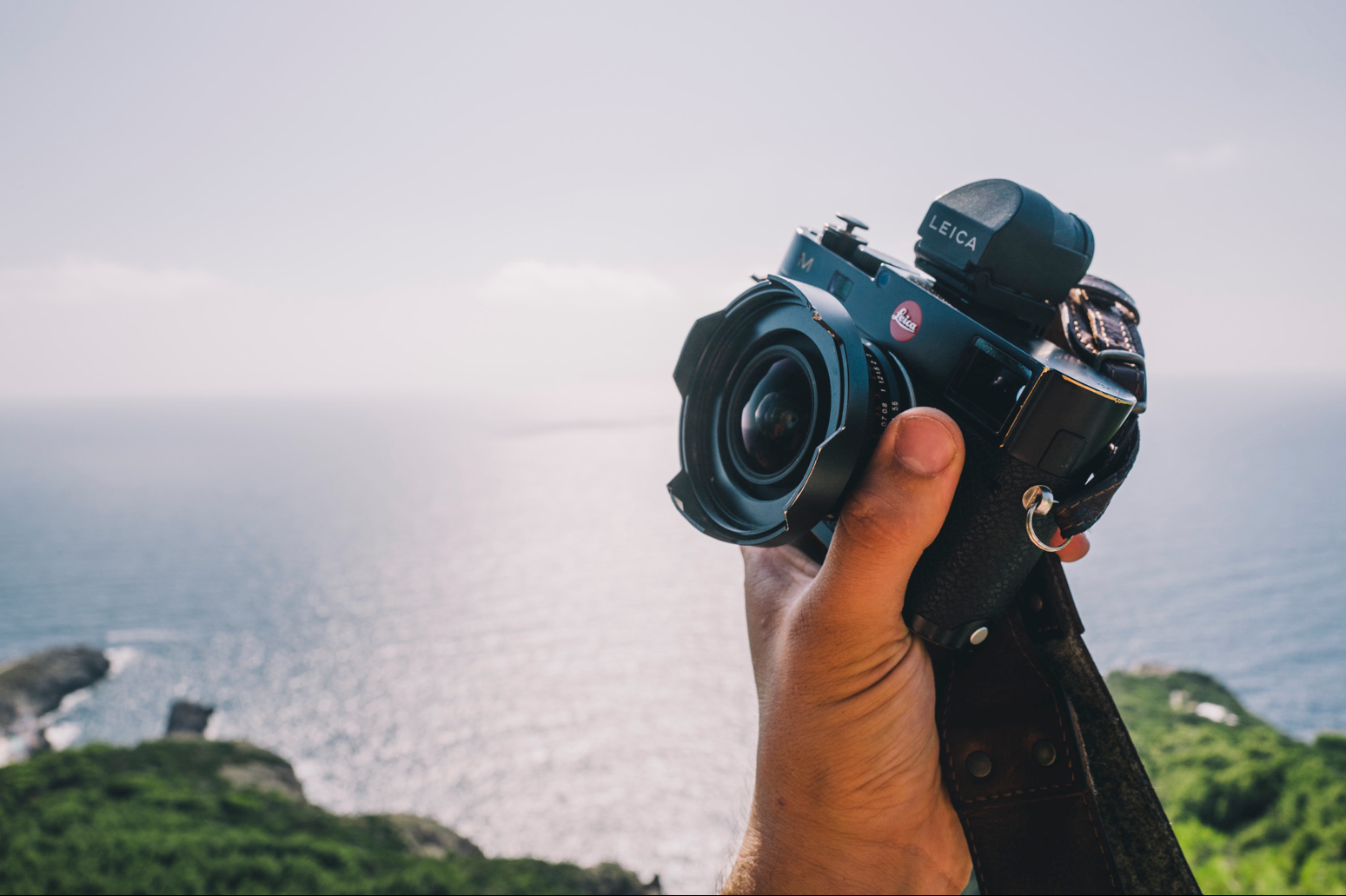
After I first got it, I took the Leica M to Europe and back. Then, I covered it in dust in a 4-day music festival in California. Finally, I got on my motorcycle, threw it over my shoulder and rode to the Arctic Ocean with it – took a break, and continued to ride to Costa Rica. It has seen 13 countries, almost every biome on Earth from Arctic Tundra to the tops of Central American volcanoes, deserts and Dutch polders, has shot through over a dozen lenses, shot an Eryc Prydz music video behind the scenes, and has gotten (nearly) destroyed with abuse.
So by now, I can truly give you my thorough review of this camera.
Basics and Usage
The Leica M is a full-frame, 24 megapixel digital camera wrapped in a tough brass enclosure.

Leica M cameras are ‘rangefinder’ type cameras, which is something different than an SLR. The main difference between an SLR (‘Single-lens reflex’, like Canon or Nikon’s cameras) and a rangefinder is the viewfinder and focusing mechanism. With the SLR, the camera user always sees through the lens. Effectively, your view of the world is entirely the same as your lens, and once you release the shutter a mirror moves the image onto the sensor or film. Rangefinder cameras are mirror-less and do not operate in this way: they have a little window which shows a set of lines overlaid on the image that correspond to what your lens will capture. Looking through the viewfinder, it looks like this:
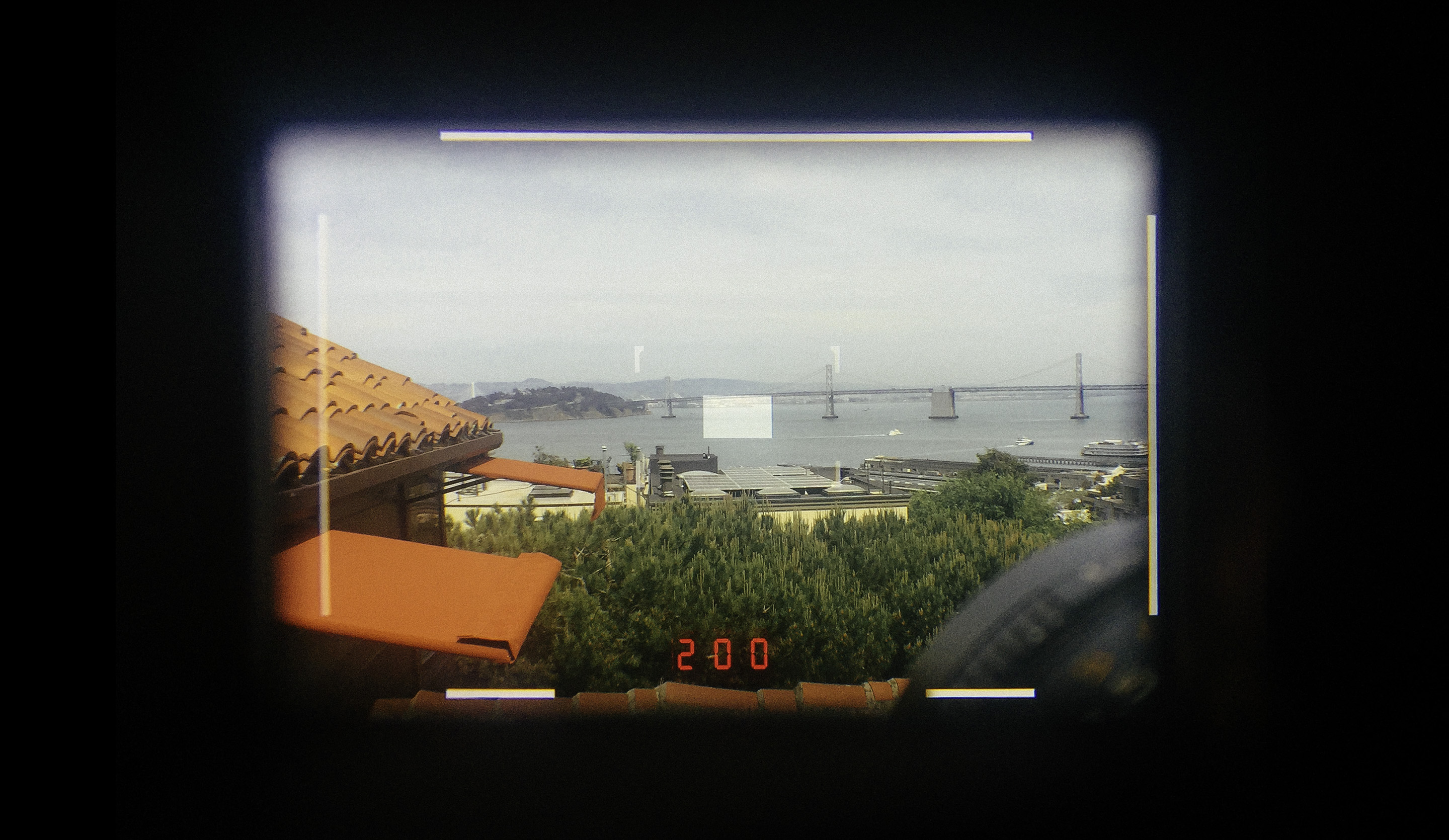
Note you can even see the lens on your camera in the bottom right!
The bright patch in the middle is for focusing. Rangefinder based focusing is one of the older technologies for capturing a sharp image and works incredibly simply: as you turn the focusing ring on the lens it pushes in a cam on the camera which in turn moves a prism near the viewfinder that projects a horizontally offset image of what you are focusing on on top of your viewfinder. Once these two images — the projected, offset image — and the regular image of what you are framing are overlapping, the focus is accurate.
It sounds more complex than it is:
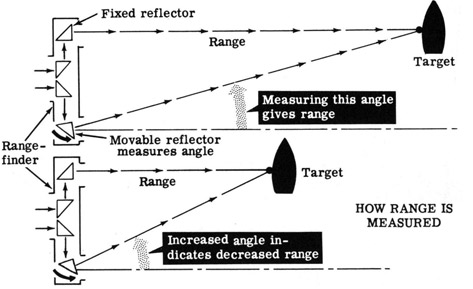
… the end result is simple: overlap the same thing in your viewfinder and boom, perfect focus.
The benefits of rangefinders are multiple: for one, as you can see more than just what your lens sees, you can frame your image more effectively. You never have to hunt for your subject as you see things the same as you would with your eyes. When you take a photo, the viewfinder remains unobstructed; contrast with an SLR immediately interrupts the image as the mirror moves, blacking out your view for a moment.
Personally, I also feel like looking through an un-magnififed image directly into the world with your framelines overlaid gives you that particular hard-to-explain feeling some people wax poetic about when it comes to rangefinders: it becomes an extension of your eye. As there’s no adjustment in perspective, it feels like adding a little overlay to your actual eyes to shoot a photo. You feel part of the scene, involved, connected. You can think of the photo more conceptually than you would when you would look through the lens. The end result, I’ve found, is that it forces you to think about your shot a lot more.
The drawbacks are also real: for longer focal lengths like telephoto lenses, it can be quite difficult or impossible to even see what you are shooting. Rangefinder cameras just weren’t made for longer lenses — well, until this particular one. More on that later.
Leica has an excellent reputation as one of the best camera lens makers in the world, and the M line of cameras has an incredible variety of glass. Thanks to the all-mechanical aspect of the lenses — no autofocus, all-metal — even some of the oldest Leica lenses from many decades ago work perfectly with the modern M camera. With the new M, you can also adapt a huge variety of lenses from established camera brands like Canon, Nikon, Sigma and even Leica’s old R-line of SLR lenses, thanks to the new camera’s sensor being a CMOS.
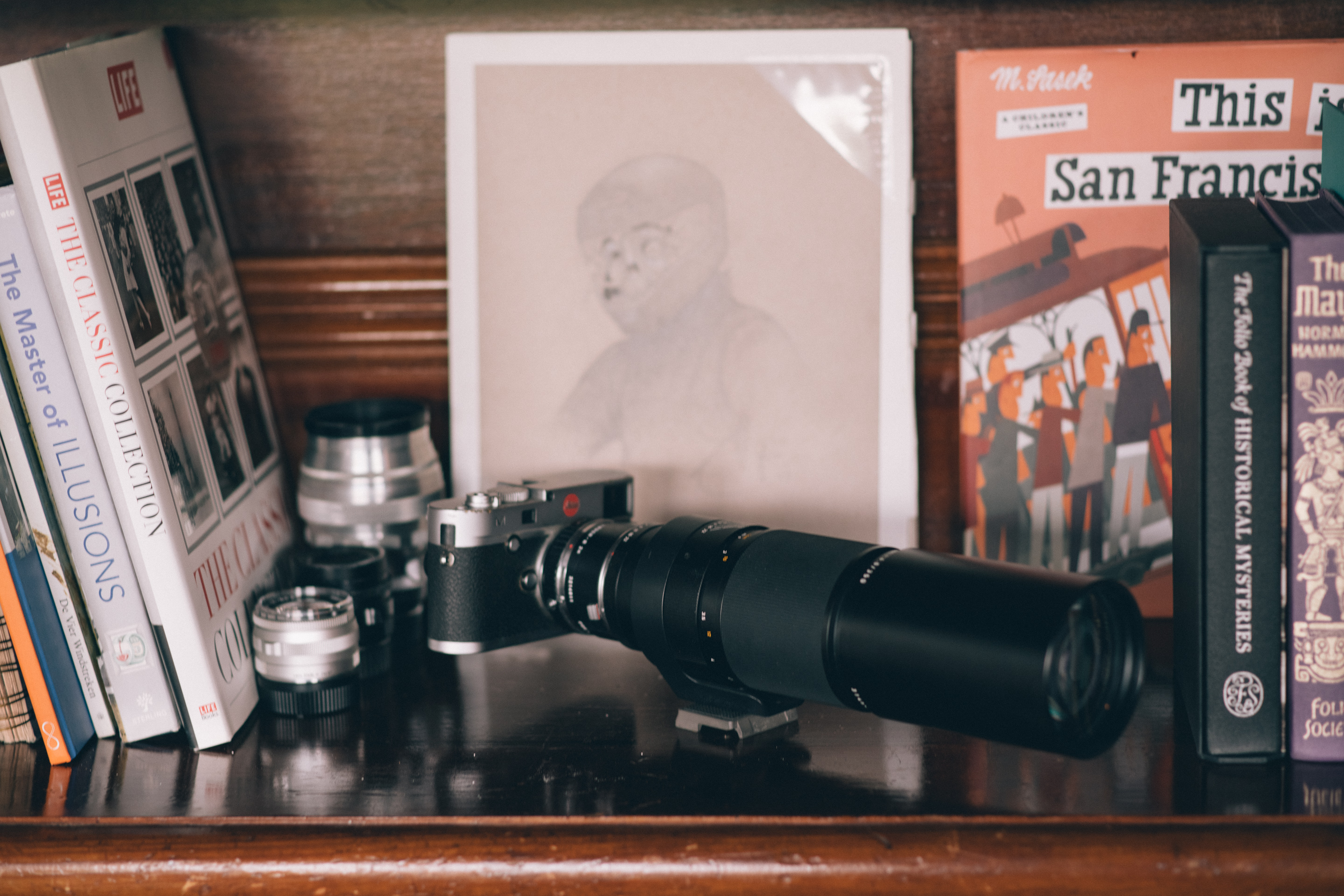
The previous Leica M camera, the M9, used a CCD sensor. While it gave it lovely colors and a more pleasant-looking noise pattern, it had poor high ISO performance and no movie or Live View capabilities.
The newer M, with its CMOSIS CMOS sensor can indeed now record movies or show the photographer exactly what the lens is seeing with ‘Live View’: a video feed right from the sensor. It’s a fantastic addition: not only does it offer more options for focusing and exposure checking, it also eliminates one of the drawbacks of a rangefinder camera: putting a long telephoto lens on it is now completely viable through the use of the electronic viewfinder (EVF) or the screen on the back.
With Live View, you’d think the battery life of the M would suffer, but as the battery in the M is significantly larger than the older generations of digital Ms, it shoots for a significantly longer period of time on a single charge. I don’t measure battery life in my reviews, but when I use it intensively I only have to charge it once every few days. In my experience the battery lasts longer than a Canon 5D Mark II / III and far, far longer than the Sony A7S / A7R II in a similar day of usage.
What also sets it apart in daily use is weight. Despite being tiny, it has quite a bit of heft: the Leica M is pretty much a solid piece of brass, and it feels like it. People who handle mine often exclaim ‘wow, this thing is heavy!’. Comparatively, though, a Canon 5K Mark III body is 860g (just shy of two pounds) whereas the Leica M is a svelte 680 grams (24 oz). What fools you is the difference in size: the Leica is just so damn compact. Before the Sony A7 series, there was no smaller full-frame digital camera on the market, and it is still impressively small coupled with its small lenses.
The Design
Leica makes some of the world’s most beautiful cameras, which has the somewhat sad side effect that what seems like a majority of Leica shooters don’t really go out and use their cameras. I often get called out at serious shoots on sets or at music festivals by astonished photographers that find it insane that I actually take it out to shoot with. A bit embarrassing, isn’t it? If you aren’t going to use your camera for its sole purpose — taking photos — what good is it?
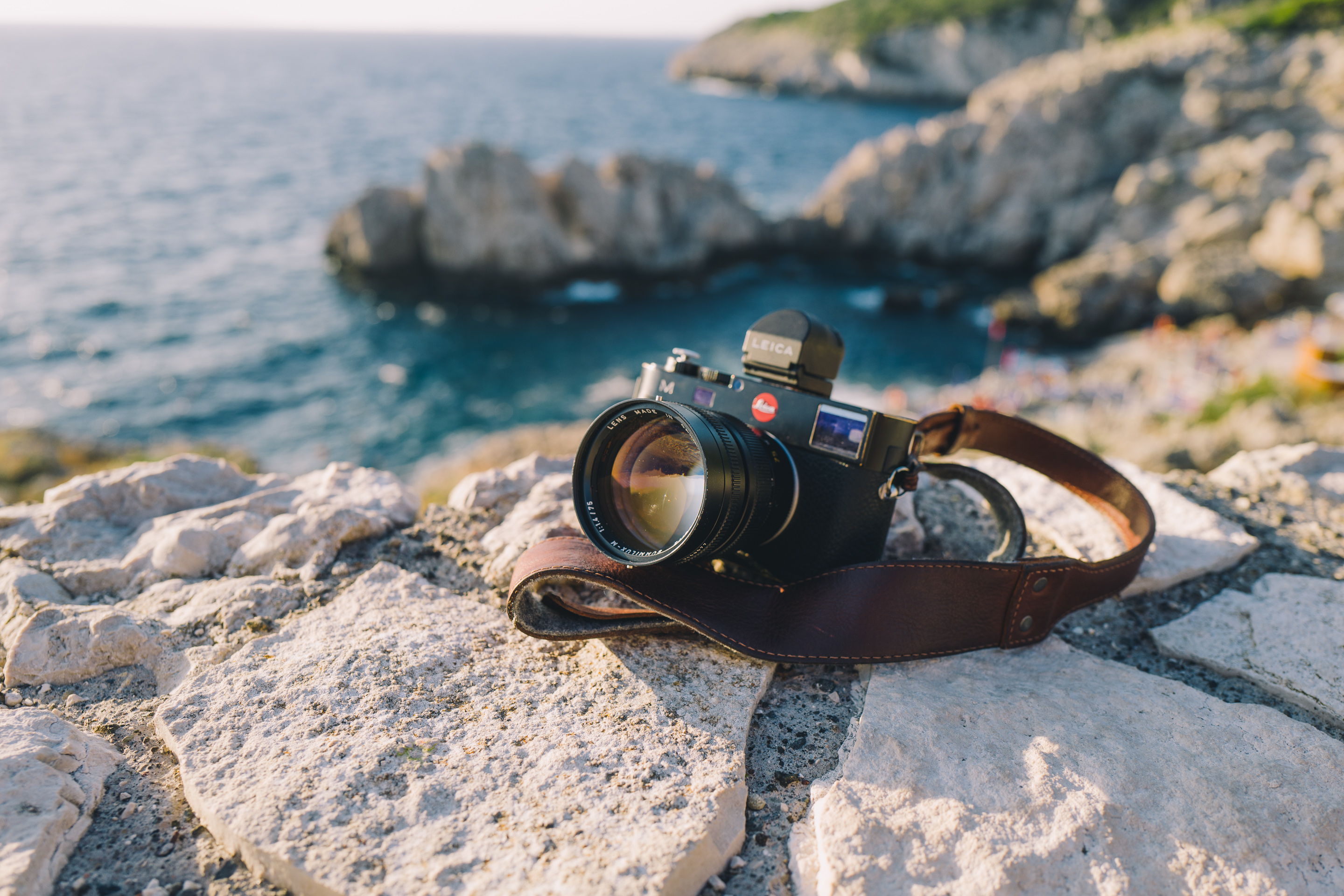
But sure, it looks gorgeous. I’ll hand it to the ‘stable queen’ keepers who baby their Leica on a shelf in their home: it looks beautiful just sitting there. It’s a camera that doesn’t just take photos well, but also photographs well. My friend Garrett Murray hilariously observed that his most popular photo on Flickr was a photo he took *of* his Leica while it’s being held by his wife.
The M comes in two colorways: silver chrome and and black. I have typically opted for chrome-finished Leicas. Some people swear by the notion that a rangefinder camera, being the tool of the street photographer, should be as stealthy as possible and thus black. I have found the chrome versions to be a bit nicer looking and reactions much nicer if people are aware their photos are taken anyway — not to mention putting any camera up to your eye will get you noticed, black camera or not. They seem to hold a higher value, too, for a reason I am completely unaware of.
An added benefit of the classic look of silver chrome and black leather is that people almost always assume it is a film camera, which is generally received with a more warm attitude as well as having the great benefit of letting you take photos without people wanting to see them immediately after.
Functionally speaking, the M has a very minimal take on camera controls: it simply has one dial for setting exposure and a shutter release button. The two buttons on the front are a lens mount release button and a button you can use for focus assist if you use the electronic viewfinder.
Aperture is controlled on the lens itself, and a smattering of buttons are on the back of the camera to view images as well as adjust ISO other and settings.
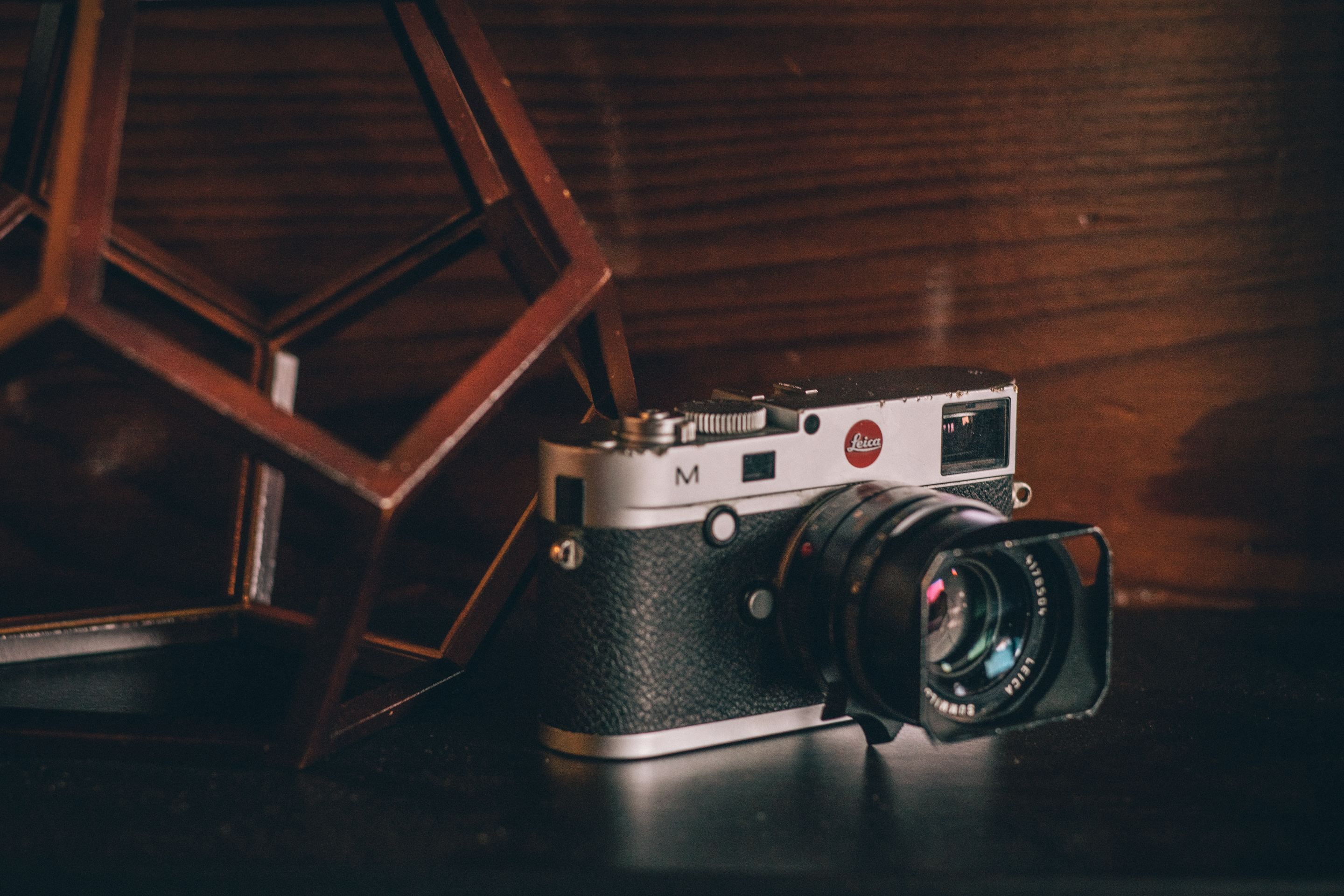
Leica’s lenses are something else entirely as far as design goes, as well. ‘Design’ is often misunderstood to be a mere aesthetic flourish or a lick of paint, but for Leica it’s not just the impeccable color highlights and typography on the lens that makes them a design leader. Their products have a tactile sensation that’s not quite unlike the feeling of an ultra-high end car door, or a finely tuned motorcycle gearbox. I can’t actually think of a single physical object that has as pleasant and satisfying of a tactile feedback as the aperture ring on Leica’s top tier lenses. You may only have manual control — Leica’s M lenses are simply metal and glass, with no electronics — but the treat is that the manual controls feel exceptionally good.
Where many camera lenses offer a shoddy feeling plastic hood, Leica’s lens hood literally just slides out, and completely vanishes into the lens barrel design when not in use.
Newer lenses even have the hood lock into place – and thus, putting a hood on your lens is as simple as 1, 2, 3:
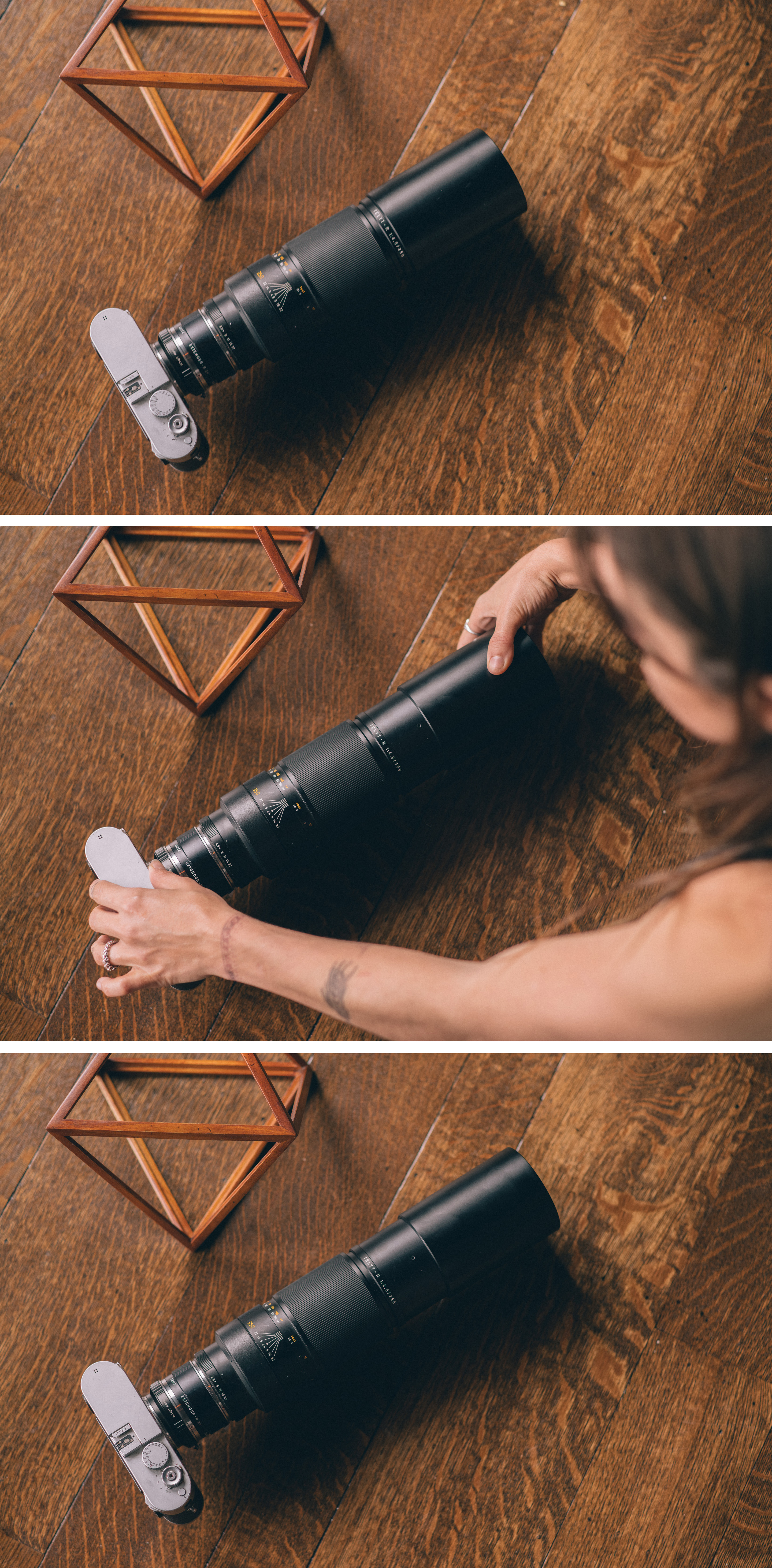
These are but a few of the small things you run into that make you hopelessly fall in love with the Leica Way of Doing Things™ once you get (un)fortunate enough to use one of their cameras. Optional hoods, like the one on the Leica 35mm Summilux-M ASPH FLE, can be removed, but also ship with a small metal ring that can be screwed on to maintain the smooth design of the lens barrel and not leaving the lens hood thread exposed. When screwed on, these hoods have a patented detent that ensures the lens always locks flush with the camera body, and the hood itself features a small cutout to minimize blockage of the viewfinder when attached.
These details are so impeccably detailed and well thought out that it sometimes feels like you’re just spoiling yourself a little too much. It’ll certainly make you smile if you appreciate great design.
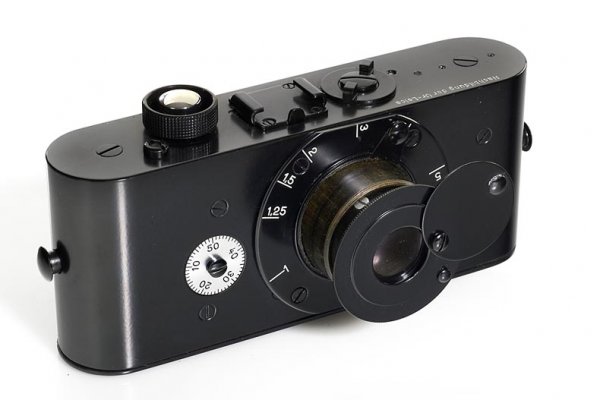
The camera body’s geometry is fairly ancient. It still resembles the first Leica camera from 1913 quite a bit. The Leica evolved into the M3, eventually, which stayed mostly identical in design until today. The main difference is size: the Leica M is a bit thicker than its film cousins.
It also got greatly simplified, with each previous generation losing an external feature on the camera body as technology allows.
Compared to the M7 film body, the overall finish of the chrome is improved, as well as the shutter dial receiving a nicer design. They dropped the frame selector lever on the front as well as the rangefinder lighting window. Otherwise, it looks unchanged from the M9 and M-E, though in a rather puzzling change, the shutter release button uses a different thread.
Yes, I say ‘thread’: where most modern professional cameras use a remote shutter release either powered by infrared, Bluetooth, Wi-Fi or something else, Leica still only takes a shutter-by-wire remote release like you sometimes see in movies from the 1950s. It also lets you screw in an, in my opinion, absolutely non-optional accessory known as the ‘soft release’, which gives the somewhat stiff shutter release button a more pleasant and tactile action.
A small byline: Leica has a way with packaging. It’s a lovely experience to receive anything from Leica. The M arrives in a type of folding box, with all packaging beautifully and thoughtfully designed. It’s a far cry from the average Japanese camera company, with its boxes stuffed full of black and white booklets, small mountains of black cables and shoddy packing materials.
Shooting with the M
It’s nice to look at, sure, but the shooting experience is what makes the M excellent. The sensor of the Leica M, while not made by a company like Canon, Fujifilm or Sony (who makes the sensors in Nikon cameras and even in your iPhone) is really quite great. Out of the gate, the only quibble with it was its white balance being a bit off, but subsequent firmware updates improved the auto white balance performance quite a bit.
The most important quality of a sensor in this day and age, for me, is its dynamic range. The dynamic range is essentially simply how well it can cope with images with very bright and dark areas in one frame. You can imagine the camera attempting to expose to retain detail in the highlights, but in doing so making the image darker, and thus losing detail in the shadows. If a camera sensor deals with this well, it has excellent dynamic range.
Here’s an example of an image I shot in Rennes, France. When I shoot, I tend to expose for the highlights, leaving the image dark out of the camera. With the M’s default light metering mode, it also tends to expose very well for highlights.
After correcting the shadows in Lightroom, you can see a ton of data was well-preserved in the shadows:

This is a great characteristic to have in a camera. I found other modern cameras like the Sony A7R2 to be great in the area of dynamic range, too, but its fine grained noise (likely caused by its rather extreme pixel density on the sensor) is very bothersome in most shots I took once I pulled the shadows up a stop or two.
Additionally to its excellent sensor performance, the Leica M lacks the low-pass filter of many full-frame cameras which gives it superb sharpness. It also makes it more susceptible to moiré patterns, though I have never found this to be an issue.
Focusing
Focusing is incredibly easy with the M, with the caveat that your rangefinder has to be well-adjusted. I have never had to adjust a Leica rangefinder camera for any issues save for a motorcycle accident once, but rangefinders can get out of whack: my Zeiss Ikon rangefinder camera had serious issues with its calibration over time. The prisms and mirrors that create the focusing patch in the viewfinder can be misaligned when the camera takes a beating, leaving you to do focusing with the lens focus scale. Fortunately, it seems the hard body of the Leica Ms protects the rangefinder workings well.
Naturally, with the new M you’re always able to get focus another way: the option of being able to frame and focus with the screen on the back or the optional EVF (Electronic Viewfinder) lets you see what the sensor in the camera sees; looking through the lens instead of the traditional rangefinder is a nice addition, and I use it often for some of my adapted lenses or to get an idea of what my ultra-wide lens sees.
I have restored an old Helios 40, for instance, which was nearly seized up and in a bad shape when I got it from eBay. Once I cleaned the elements and re-greased the focusing helicoid I had a great, quirky and fast 85mm lens:
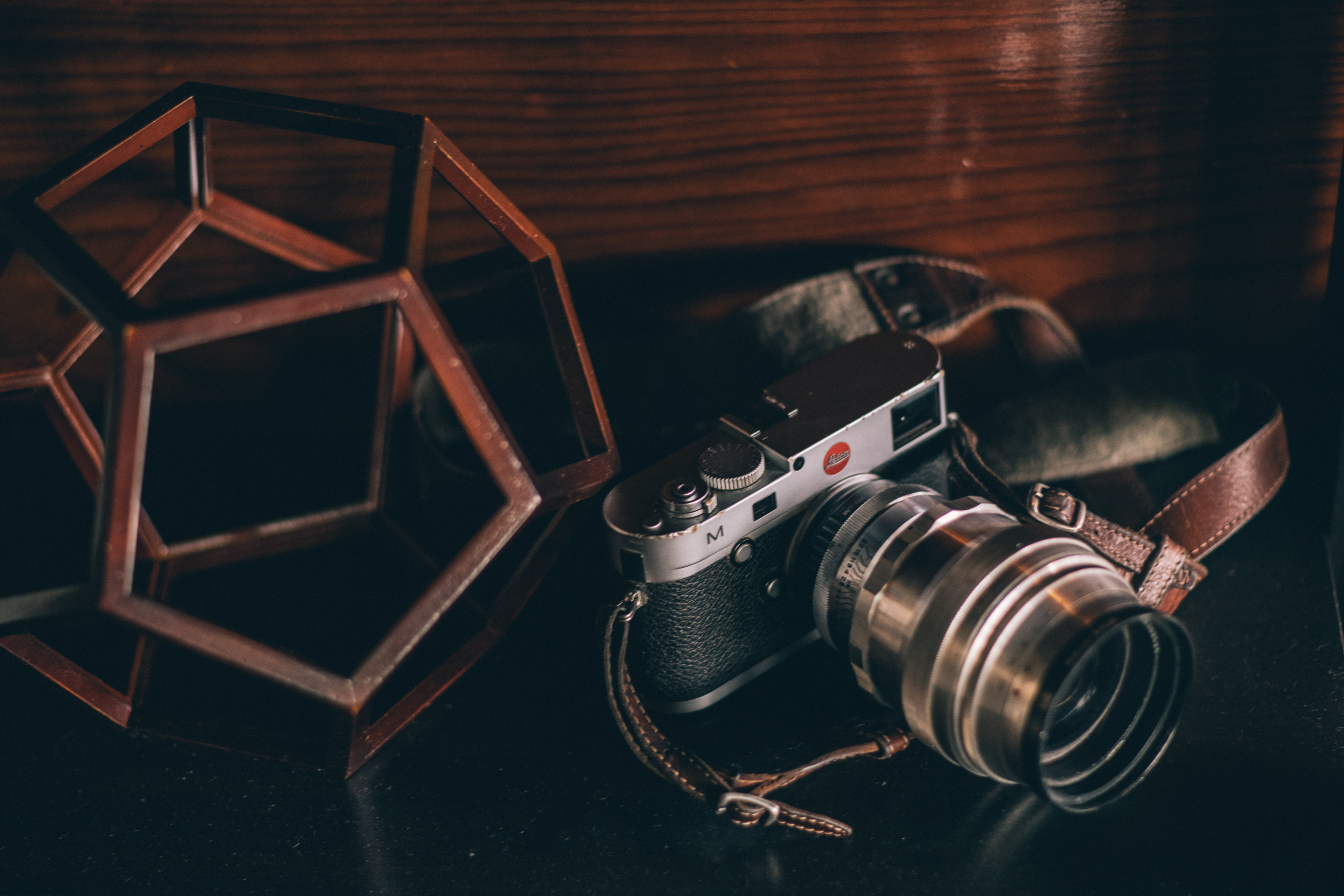
I have also adapted the rather huge Leitz 350mm Telyt-R to the M, which looks both hilarious and terrifying:
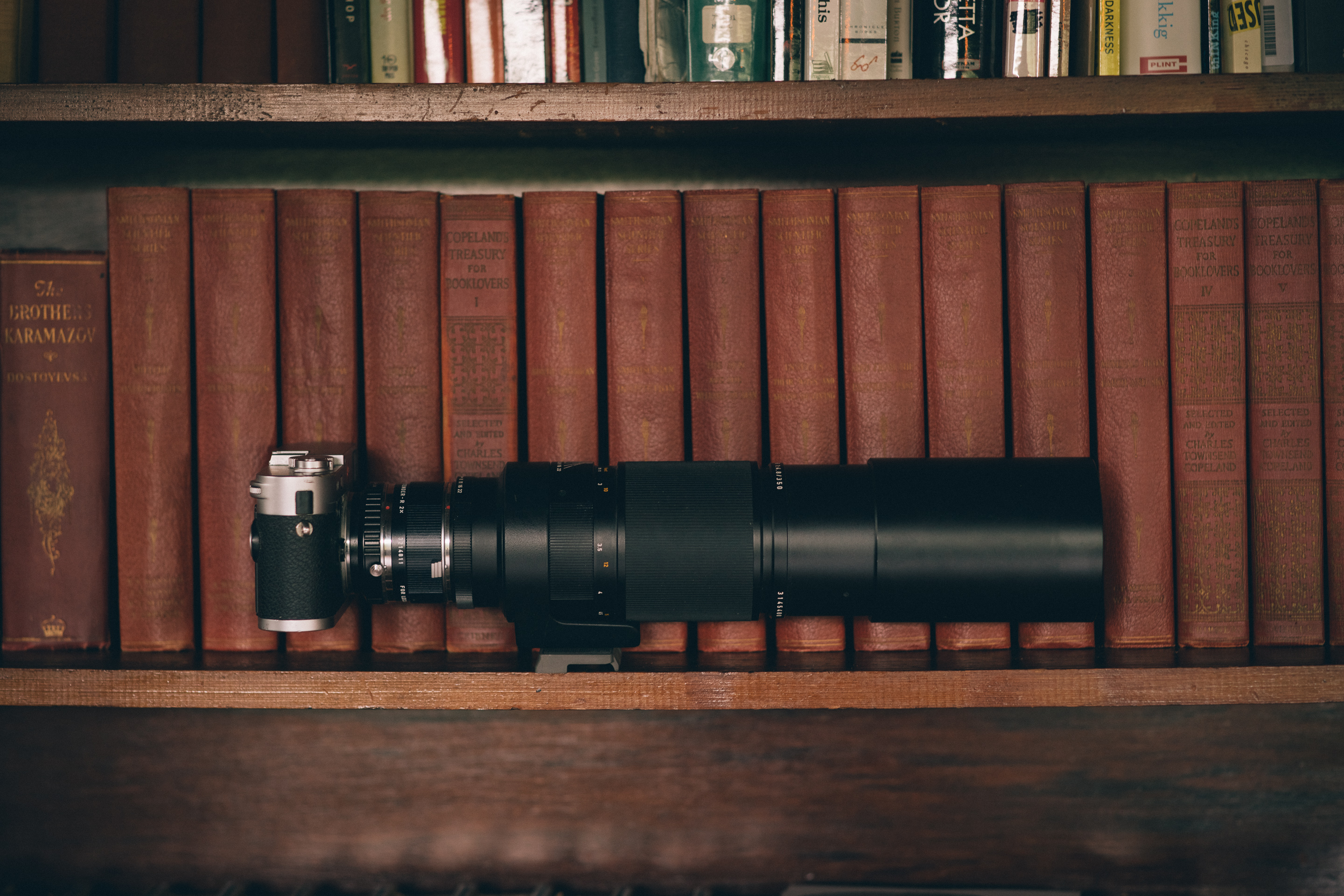
But it performs quite well, and with the EVF it’s easy enough to focus. Here’s a photo I took at sunset of Sutro Tower in San Francisco from Bernal Hill:

This is where you can see how much of a difference Live View really makes: thanks to the addition of it you can actually use the M with longer lenses!
In the past, it’d be quite literally impossible to do so. A rangefinder camera simply wasn’t able to use lenses that long. It was a pleasure to use them on the M, mainly thanks to the new features added in a firmware update that let you enable an electronic level overlay and ‘focus peaking’, a filter on the image that highlights the areas that are in critical focus for even easier focusing.
Optics
The Leica M doesn’t come with a lens; it has to be purchased separately. Leica lenses are impressively small and perform incredibly well — particularly the wide-angle lenses. A hallmark of the Leica wide-angles is the lack of spherical distortion (often referred to as ‘fish-eye distortion’). Thanks to the lack of the mirror box in the Leica M bodies, the lenses can be engineered in an entirely different and much more compact way. There’s simply no way to build the same lens for a longer focal plane length, and Leica reaps those rewards with great grace. It is worth noting that Leica also added a unique micro-lens design on the sensor to minimize the color shift in the edges of the frame.
One of my favorite lenses for the Leica M is the 12mm Voigtländer Ultra-Wide Heliar. I previously used the 15mm Ultra-Wide by Voigtländer as well, on the M9, but it seems the M handles these lenses even better, with less discoloration and vignetting at the corners:
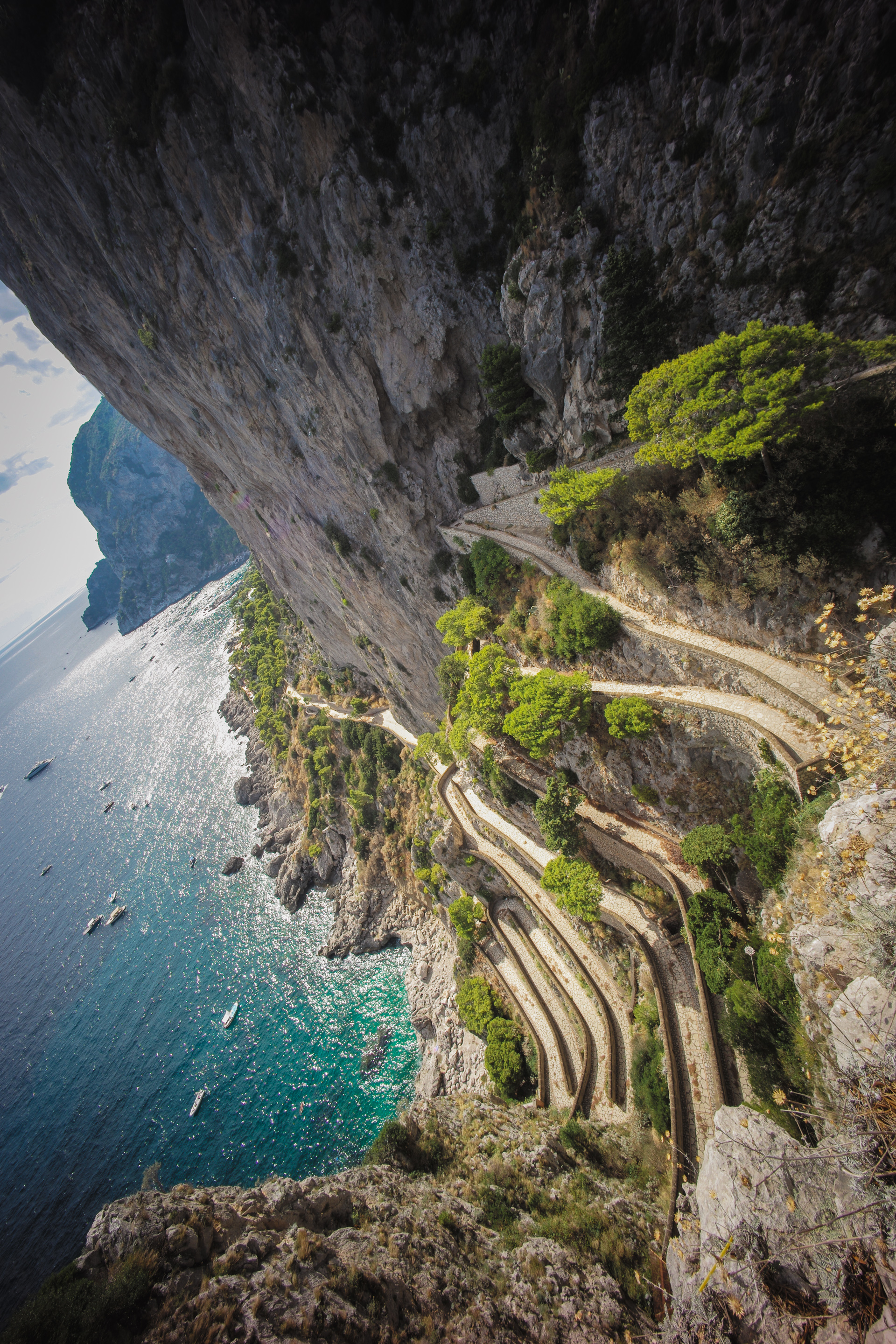
The reason this discoloration exists, is that light hits the camera sensor at a rather extreme angle of incidence and refracts into various wavelengths — thus, colors — of light. It causes a pink or green color shift which can be rather undesirable. Again, I noticed the M handled this better, which may be attributed to the improved design of the micro-lenses on the camera’s pixels.
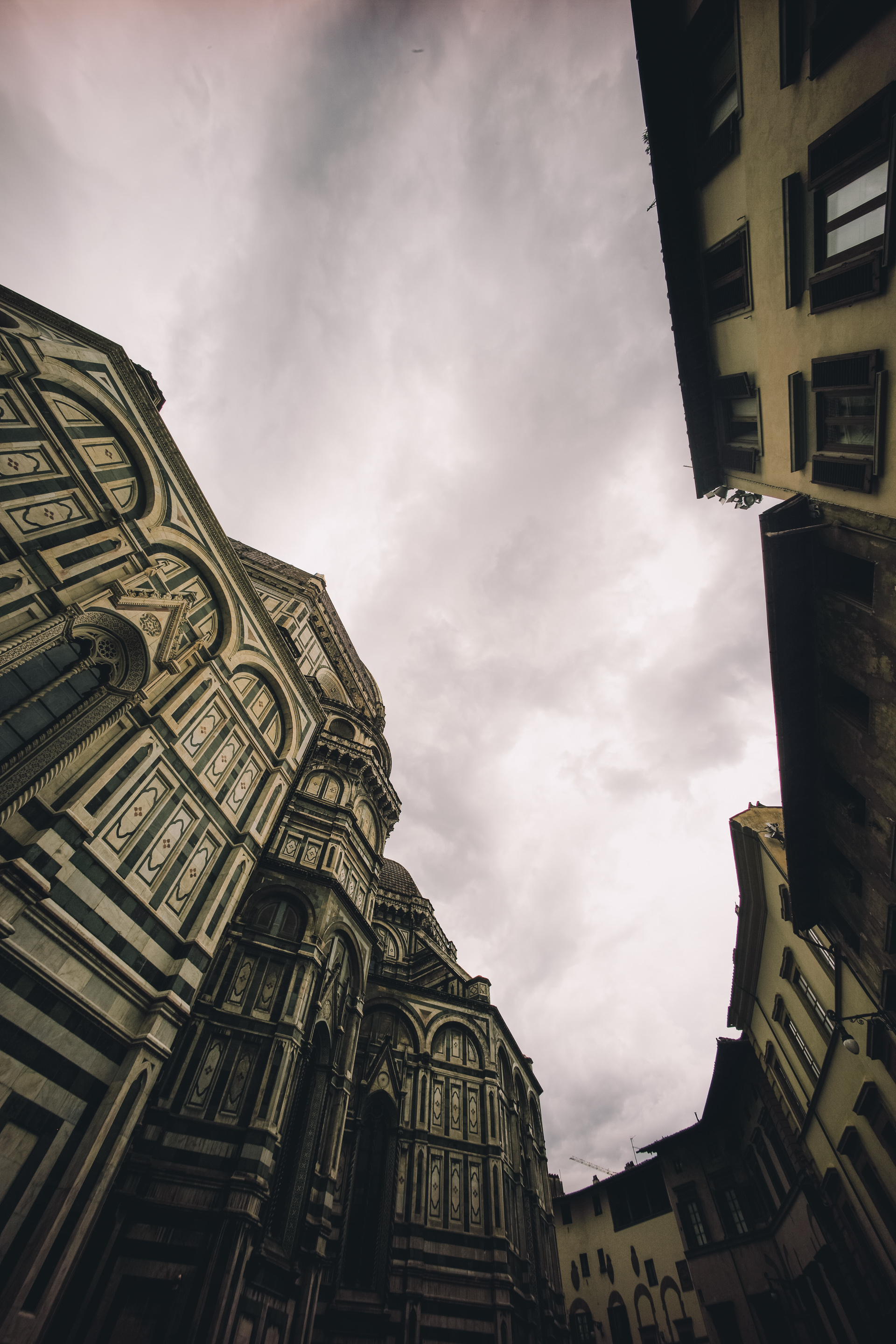
Sony’s A7 series of cameras are not great at handling these lenses yet, sadly, due to the lack of such specialized micro-lens design on their sensors, causing actual pixel smear and detail loss in the corners. Their sensor also has a significantly thicker cover glass that makes it lose some critical sharpness if you use your Leica lenses on the A7-series bodies.
A common critique of all things Leica is, naturally, the price of their wares. Leica M lenses are certainly pricy: one of my favorite go-to lenses, which was used to shoot a lot of the photos in this article, is around four thousand dollars. But the point of a true system camera is options; for an M shooter, those options are drawing from a long list of vintage rangefinder lenses going back almost a hundred years (which are often optically excellent), Voigtländer lenses, Zeiss’ line of ZM lenses and Leica’s modern M lens offerings. Between all of these, acquiring a set of fast primes can be very affordable.
While tangentially related to optics, it is worth noting that due to the small size and soft shutter action of the M body — and of course, the lack of a mirror slapping — vibration is reduced so significantly that it is quite easy to shoot handheld photos at slower shutter speeds than comparable SLR cameras. I can shoot my 35mm lens at 1/20th to even a tenth of a second without the image getting too blurry. A compact lens helps here, too.
Build
The Leica M is, like its M series predecessors, made out of brass, which gives it a nice bit of heft and makes it feel quite dense. Its solid feeling body is no illusion. In this particular version of the M, some weather-proofing and a stronger lens mount were also added. I haven’t noticed the improvements significantly: I always took my old M-E out in adverse weather and continue to do so with the M.
I can, however, share an anecdote on the M’s general solid build.
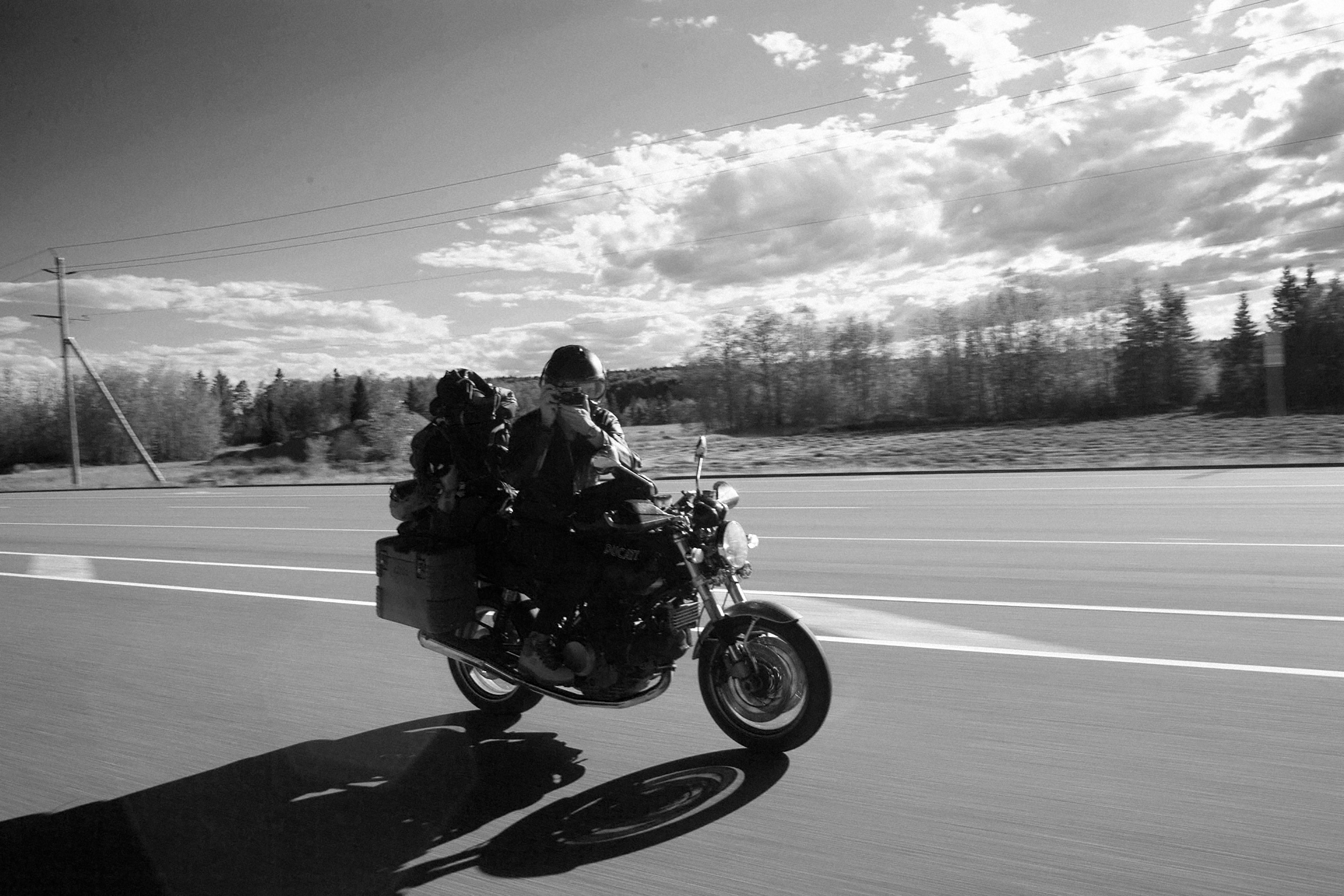
While shooting in Alaska I crashed my motorcycle. I was going about 55 miles per hour when I hit a bunch of large rocks in the road, and a rather wobble quickly flipped my bike right into the ground, tossing me off the seat and onto the rocky ground. I had my Leica M on my shoulder and I happened to land on it. Ouch.
I gathered myself, and ran back to my bike to pick it up. After I assessed the damage to the bike, I started to grab my belongings off the road and noticed the camera that was still dangling off my shoulder – but the lens was missing.
The lens was a bit further down the road — I landed belly down, so the lens and the top of the camera took the brunt of the impact. The lens, a Zeiss ZM 28mm f/2.8, snapped off at the mount. The mount was a bit damaged, but worked fine. I was certain that I wouldn’t be shooting with the camera body anymore – I’ve accidentally kicked my 5D Mark II across a floor once, and it was completely destroyed with pieces of plastic flying all over the place.
Not so for the M. I was actually in a nervous enough state to put on another lens and take a shot, which resulted in this rather creative image:
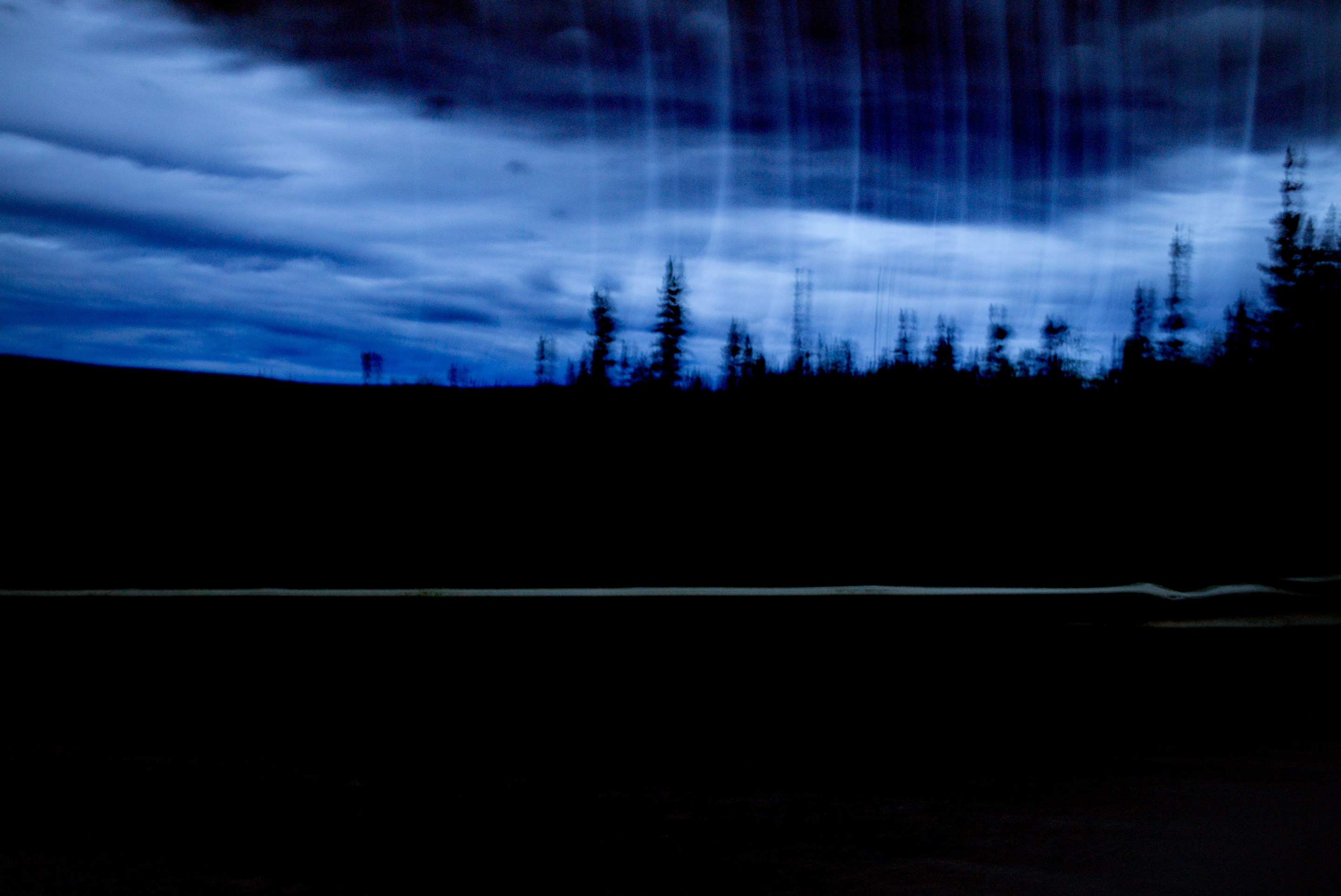
I figured the sensor was probably toast. The shutter didn’t sound very healthy, but once I triggered Live View it took photos fine.
The sensor was (obviously) quite dirty, but the mount, sensor and the rest of the camera was completely usable! I ended up attaching my remaining lenses (a 35mm Summilux and a 12mm Voigtländer Ultra-Wide) and shooting more. 18 days later, I took this photo riding over the Golden Gate Bridge:
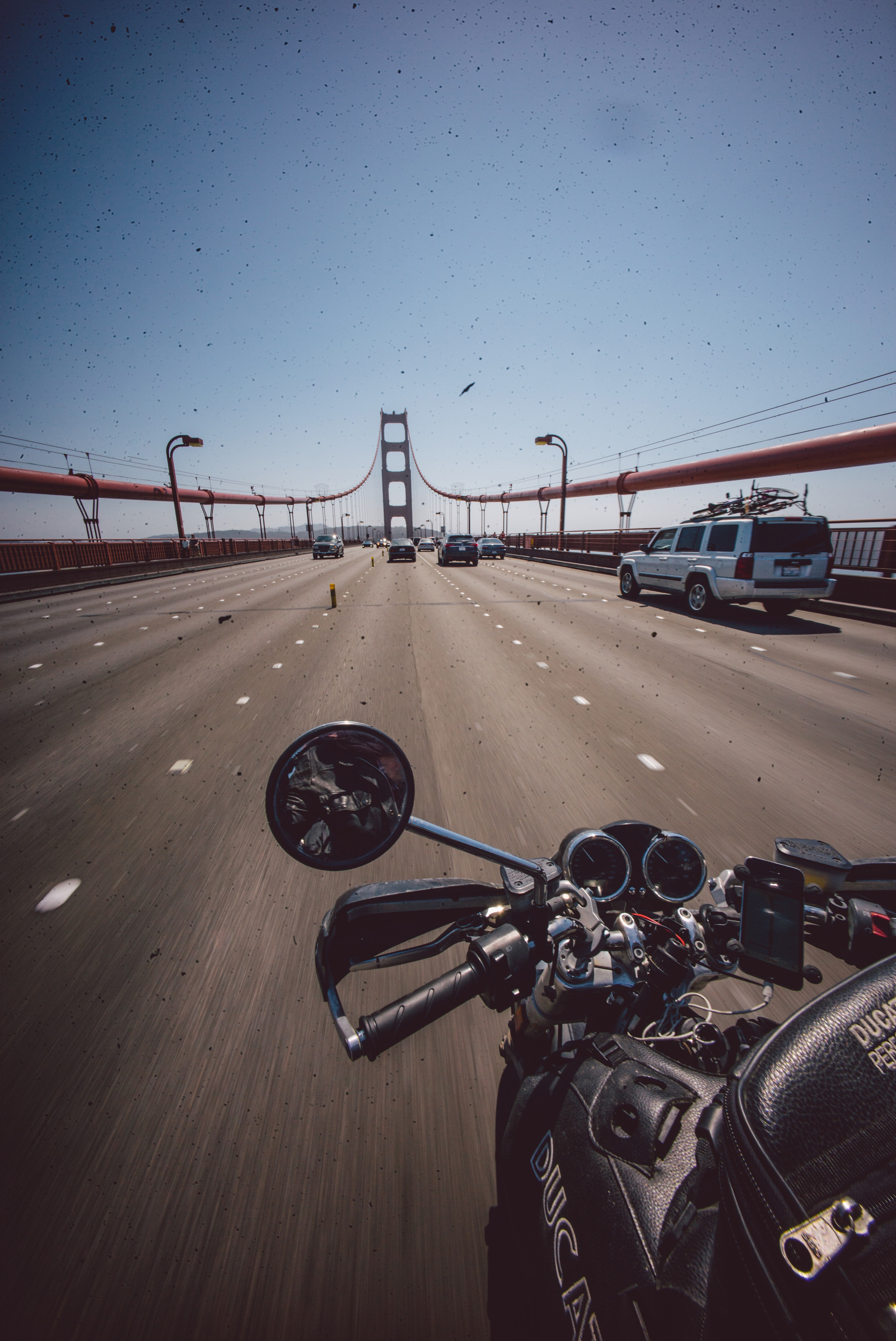
(that is one dirty sensor!)
Once back in San Francisco the camera started showing some more issues — particularly with the shutter — so I took it to Leica which fixed it up. Leica being a bit of a small shop takes a pretty long time to get a repair assessed and done, which is my biggest complaint with them. Other than the turnaround time the repair was very well handled by the Leica Store SF people and the company, and when I got it back it worked perfectly, while still showcasing its character:
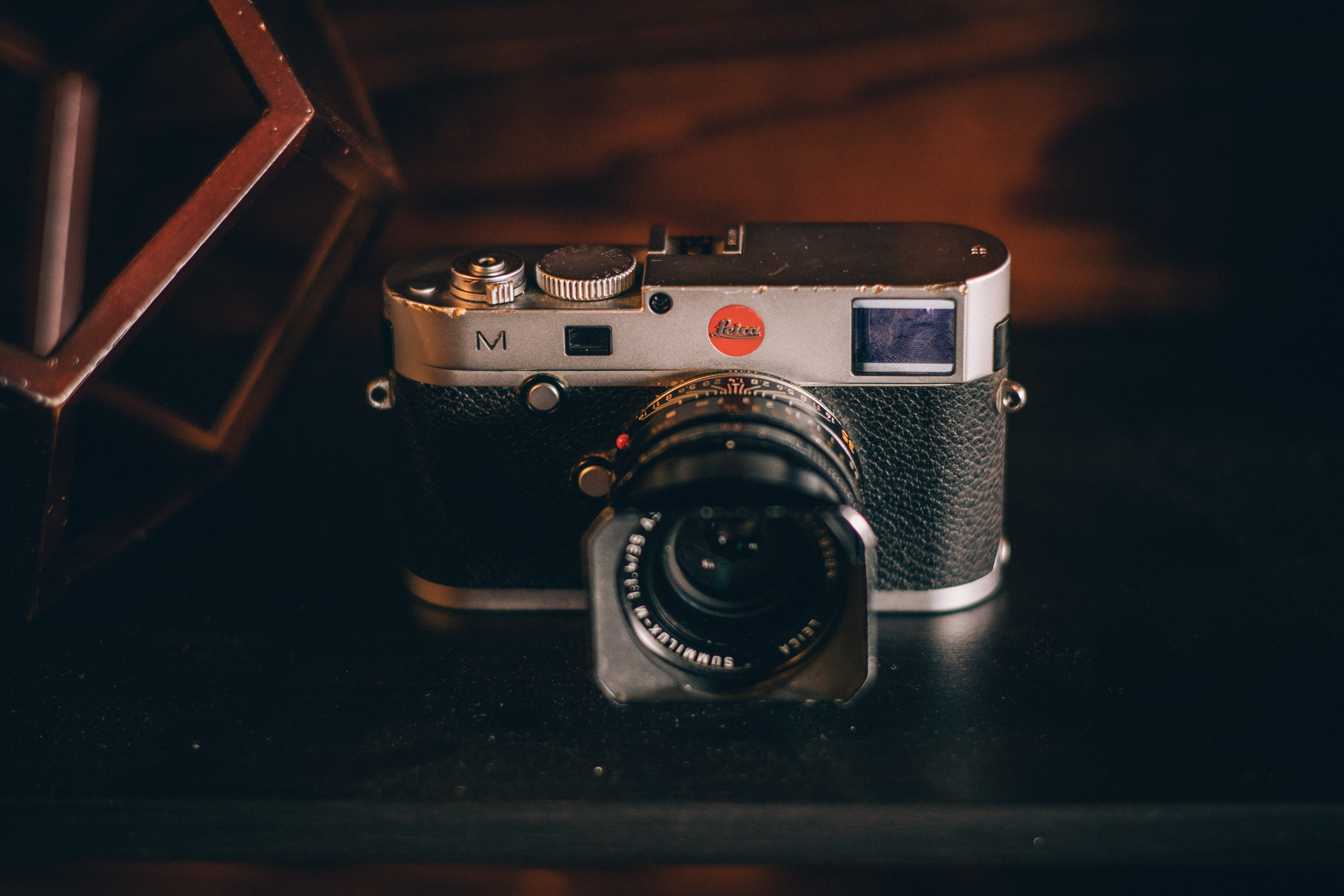
My faithful former companion.
I wouldn’t have it any other way — it certainly looks used and abused now. I often get comments from people that are astonished I bang it up so much and take it places where it gets scratched or dinged up. Which is silly — you shouldn’t buy a camera unless you plan on using it without any reservations.
The lens I was unable to fix. Even when I attached a new mount (the old one was bent beyond repair) the lens itself is a bit shaky and less than sharp. I suspect some of the elements were sufficiently shaken up to get out of alignment. A real bummer as it is easily one of my favorite lenses of all time. Zeiss offered me a discounted replacement at this time of writing, stating the lens was unrepairable.
The M vs. the competition
A few thoughts on my use of the M versus other oft-used comparable cameras. While I’ve used the SL for about a week, I can’t really make a sound case for it yet so I have omitted it.
![]()
The Leica M vs. the Leica Q
Leica released a new, pocket-sized but premium fixed-lens camera last year and dubbed it the Q. Comparisons with the M are abound, but overall the Q is not so much based on the M as it is a reimagining of a pocketable camera with modern technology using M-grade optics.
The Q excels at quick and simple snapping. Smartphones occupy this niche firmly, but no matter what huge billboards tell you, their photos simply aren’t that great. Barring any extreme advances in camera engineering, they will always lack depth of field, low-light sensitivity, sharpness and dynamic range. The Q has been designed to go exactly in the same use case as your phone:
– it uses a comparable wide-angle fixed lens (28mm for the Q, compared to a ~22mm equivalent on the iPhone);
– it autofocuses as fast or faster as a top smartphone today;
– it comes with a touchscreen to quickly swipe through photos or even tap to focus on a subject;
– it takes great, no-fuss video;
– and it has Wi-Fi for pairing with your phone to immediately share your snaps
In doing so, it does things the M probably never will. The Q is great with dynamic social settings like being in the backyard with your kids running around; continuously manually focusing would be tiresome and difficult there. It can go head-to-head with the M on street photography, with a shutter that is possibly the quietest I’ve ever heard. Notably, unlike the M, there is no direct viewfinder or rangefinder but a (decent) EVF that looks through the lens. I found the EVF to be acceptable, but no substitute for the optical rangefinder of the M.†
Overall, the Q is an exceptionally great point and shoot camera. Its manual focus system and macro switch are things that are so well engineered and so much fun to use I actually laughed with glee when I used them. To me, however, it’s not a camera for more demanding usage scenarios simply by virtue of feeling more fragile and less flexible than the M. Being unable to swap lenses leaves you with the one (admittedly exceptional) lens on the Q, and when traveling with both it just made me reach for the M that much more often.
† the SL’s EVF is really, really exceptional. In some cases, better than most optical viewfinders. I still found its color and shadow rendering suboptimal, though.
![]()
The Leica M vs. the Sony A7R2
The Sony A7 series are the current cream of the mirrorless full-frame crop. I’ve used the A7, A7R, A7S, A72 and A7R2 (confused yet?) and the latter — also known as the A7 R Mark 2 — is arguably the most advanced and ‘best’ of the bunch‡.
The Sony A7 series wins over the Leica in sheer flexibility. You can literally load apps onto the A7 cameras (the time-lapse one is my favorite). It has several buttons which only exist to be bound to a particular feature. There’s 12+ pages of menu settings to explore. You can install a smartphone app and shoot through that, or pair your phone with NFC.
The A7R2 wins over the M in both video usage (the M’s video feature is a token video feature that I have personally never used) and raw megapixel count. It’s delightful to be able to crop down to a quarter of the image and have adequate resolution left. That being said, I can’t say I use this often, and it makes for extremely large files that can be a hassle to work with. Another tradeoff of such a high pixel density is some more ‘cross-chatter’ between the pixels on the actual sensor which can produce the aforementioned bothersome noise in images.
Above all, the A7 series are simply not nearly well-built or as pleasant to shoot with. I found the controls often irksome, the control scheme overly cluttered (even coming from Canon and Nikon pro-level bodies) and the buttons flimsy. This is also true compared to competition in the same field from Fuji, which makes the impeccable X-Pro camera that is just a lot more pleasant to take photos with. Usability and feel are very clearly a distant afterthought in the A7 series, which is a huge bummer. Anecdotally, the build the bodies I got from Sony was questionable, as I had shutter lock-ups at very high altitudes and battery door hinges come loose in the field before.
As a last minus of the A7 series, I also found the battery life unacceptable. I usually get about half a week to a week of fairly intense use out of my M battery, and with the Sony bodies I find myself needing spare batteries on the same day.
‡ in actual usage in our trip to South America, me and Stuart both vastly preferred the A7S build, reliability and even images over the A7R2, which felt more like a bundle of endless compromises to achieve its high megapixel count. Several A7R2 bodies I used exhibited hardware failures at some point.
Gripes
I have very few gripes with the M. In fact, it’s my favorite camera on the market. I’ve tried all of Sony’s current offerings, but they simply fail to offer the experience and feel of shooting the M. In my travels, they have been unreliable, and their poor build quality doesn’t inspire confidence. Somehow in the M’s feature set, they have found everything that a camera should do and put all those functions in a place that makes perfect sense.
Of course, for different people there’s different ‘perfect cameras’: what might be perfect for me could be completely different from you. But I’ve certainly heard nothing but praise from the friends that have borrowed my M for short periods of time.
Small quibbles with the M I do have, which I mostly have now that the Leica Q is out which boasts a number of features that I’d love to see in the M.
– I certainly wish it could focus closer. I wish Voigtlander could make a close-focus adapter for the M, like they made for the Sony A7 series! I think the flange distance prohibits this.
– The ‘M’ button for movies should be either moved so it’s not easily triggered on accident, or be made reassignable in firmware to other functions. I have made a few accidental movies in my time.

– An upcoming M having a method for remote shutter release that is not an old-fashioned cable release would be great and save on my usage of timed release shots for long exposures (or upgrade the ‘auto exposure’ mode to max out at more than 60 seconds at ISO 200)
– The new Leica SL has gotten proper weather-sealing, and while the M is arguably weather-sealed, it’s certainly not as weaponized as the SL. That being said, I’ve used it in pouring rain many times and it’s been fine.
– It goes against being the bare essence of photography, but shooting with the Leica S and SL made me miss their built-in automatic GPS geotagging. To accurately have your photos store their location in their metadata is extremely cool, particularly when traveling.
– Leica simply does not put enough employees on repair duty for the M series. I have heard their pro-level S cameras have a great repair turnaround, but if you do send in your M for repairs, expect to be out of it for weeks – sometimes months. This is absolutely unacceptable, especially at its price point.
Verdict
The previous version of the M which I owned, the Leica M-E, was a very capable camera with incredibly beautiful colors (photos from that camera featured here), but poor high-ISO performance. It also lacked a high resolution screen, weather sealing, and movie recording / live view.
With all that improved in the new Leica M, it is now my favorite camera. It has earned that in its sheer pleasure of usage, performance in image quality and robustness. If I were to buy any camera on the market today, even with Sony’s latest offerings and the new Leica Q, I would still pick the Leica M. Like a film camera, it has improved my photography greatly, but it is also simply one of the most refined tools for a photographer to use… and abuse.
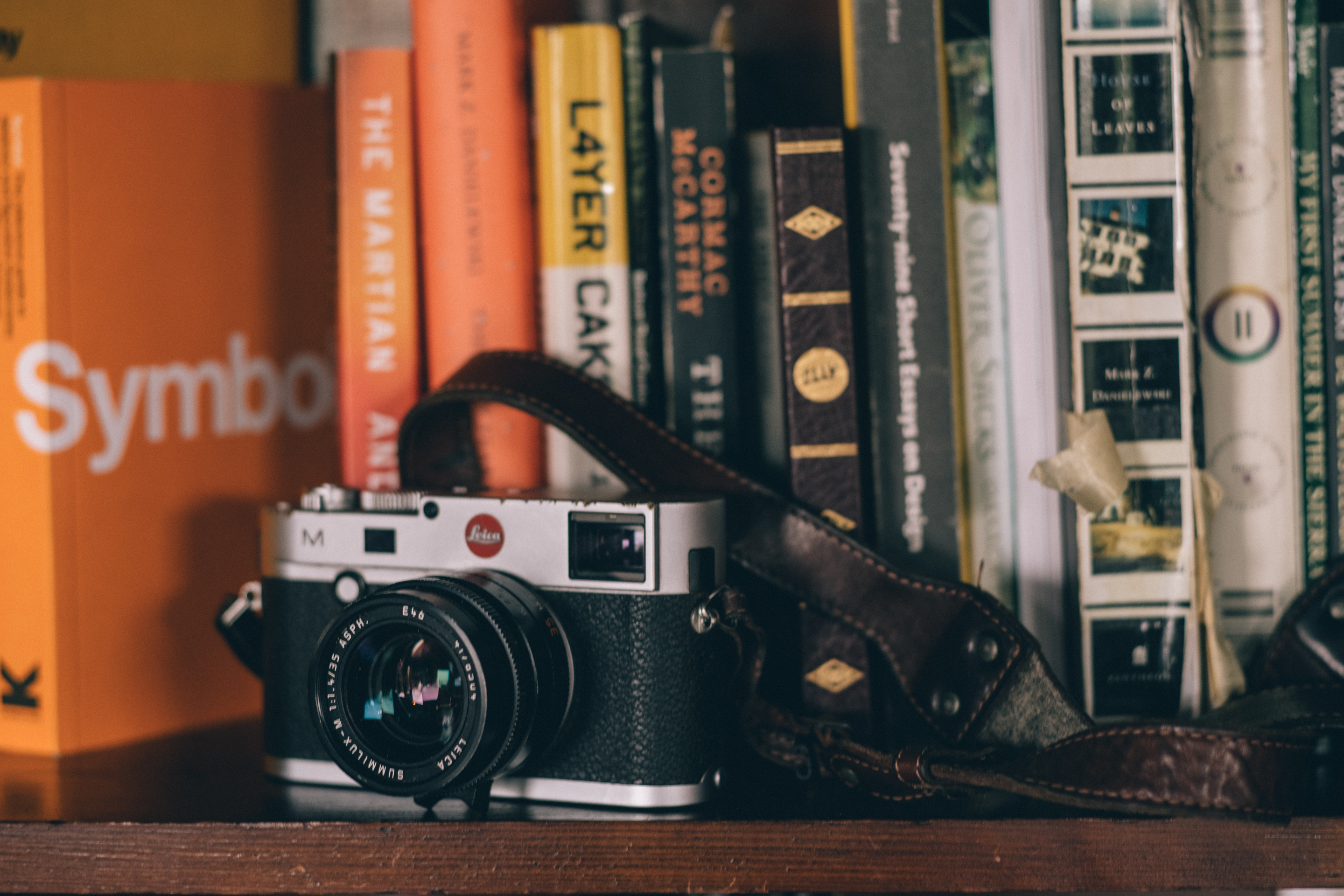
It stood up to some of the most serious wear and through some of the worst conditions for cameras we can find in the world – and it stuck with me where many a modern SLR would have failed. I hope Leica will continue making the legendary M for quite some time.
A selection of photos
Here’s a selection of photos I took with my trusty M through the years. Most photos on the ‘Ride South’ and ‘Ride North’ articles on this website were also shot with the Leica M.
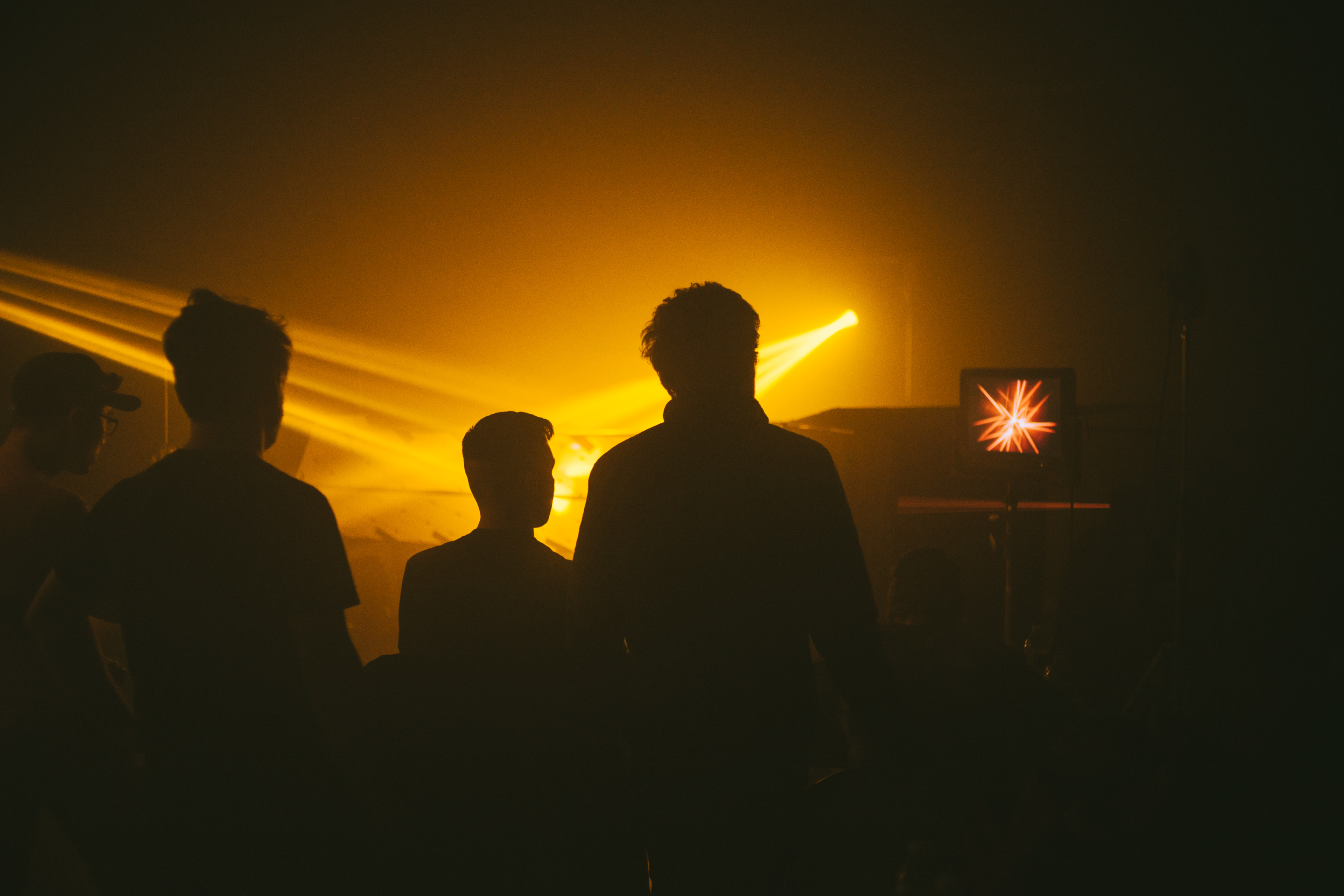
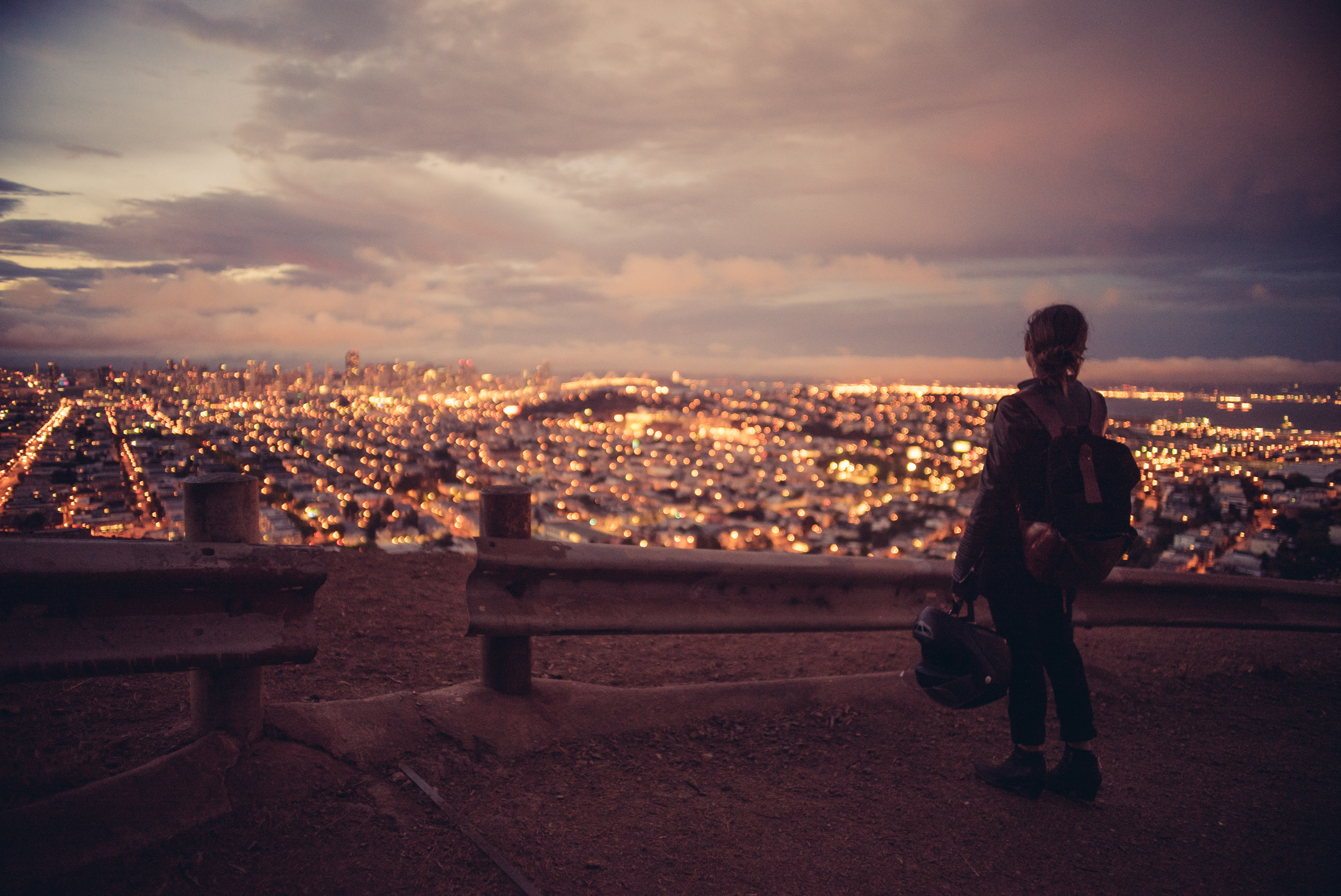
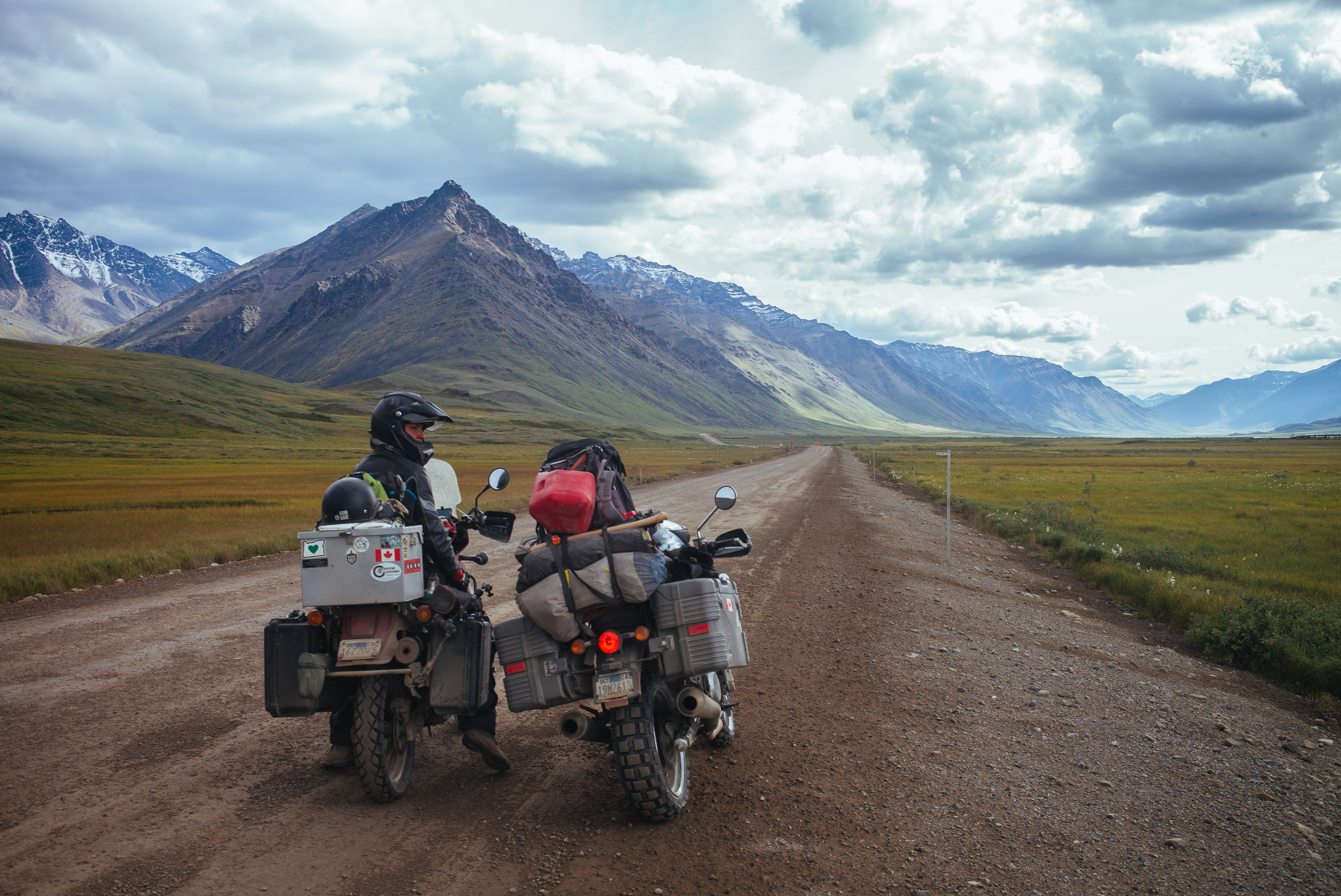
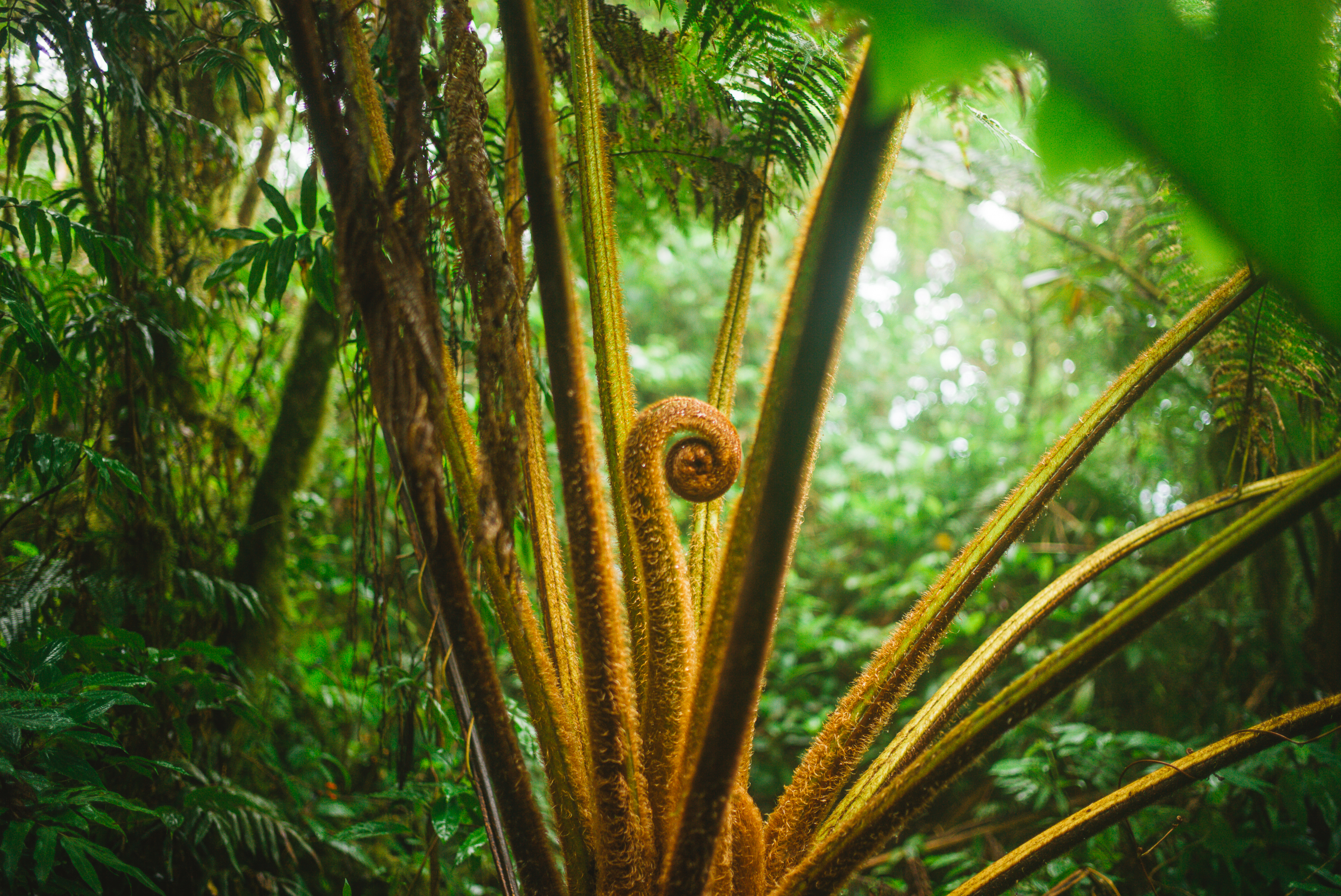
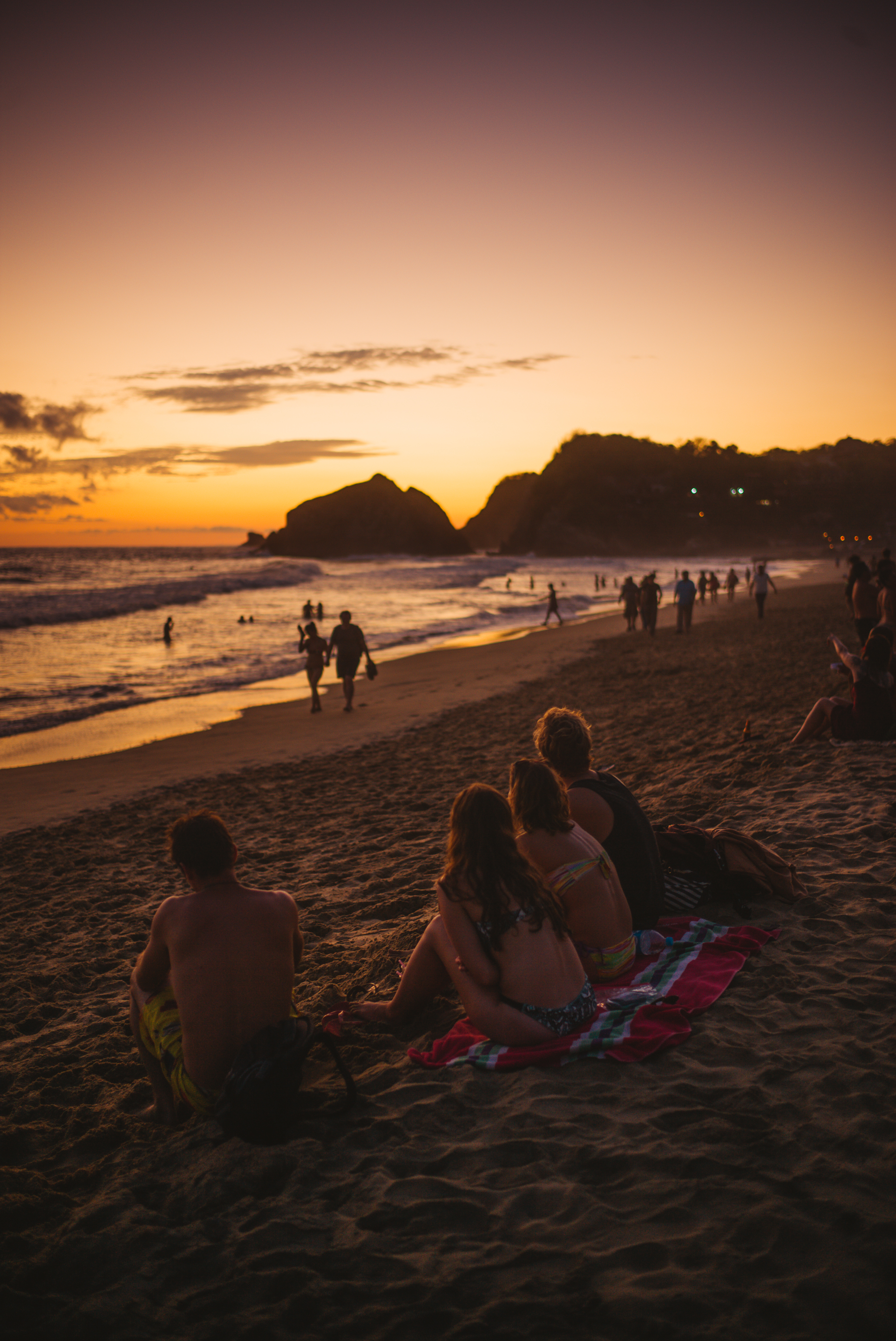

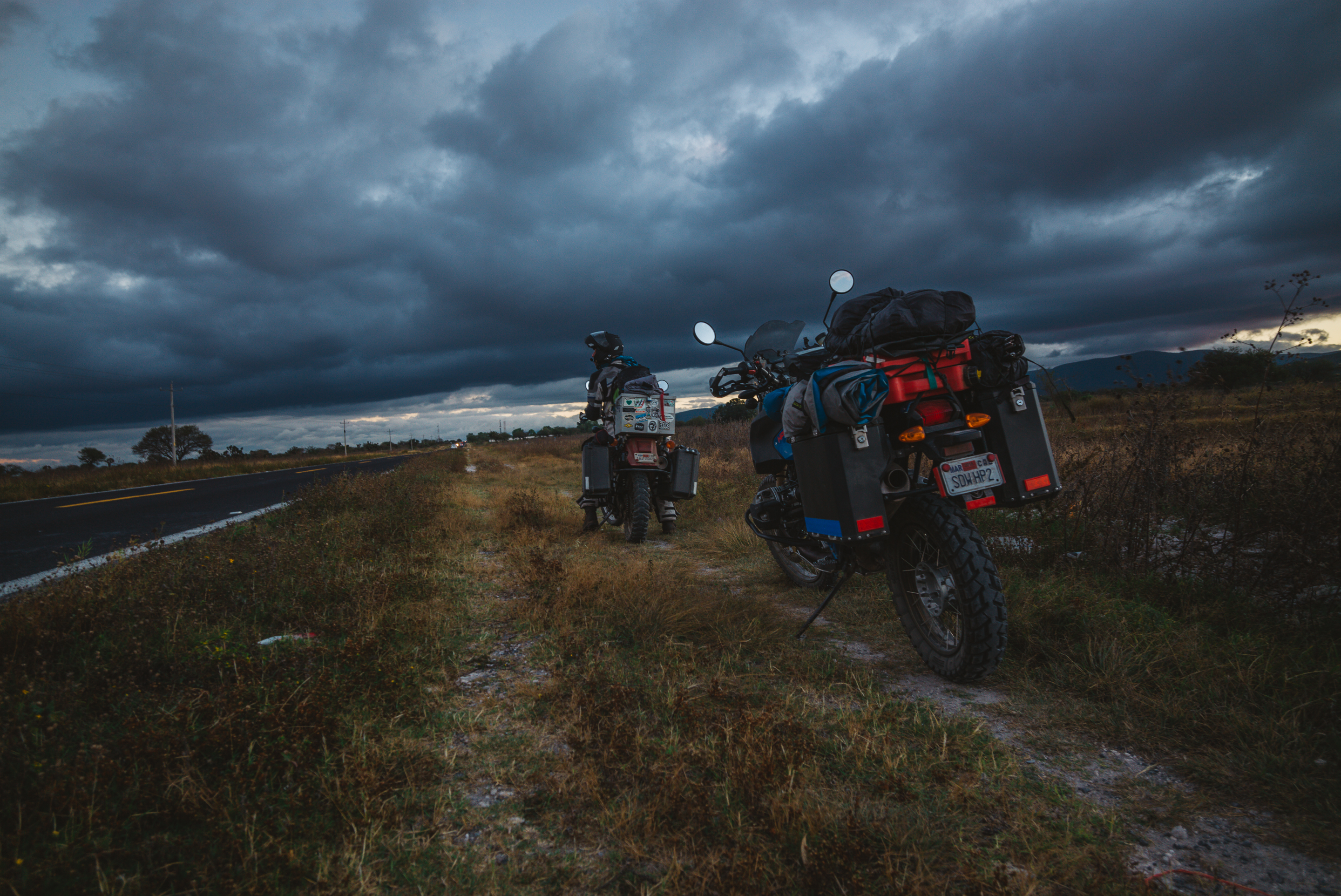
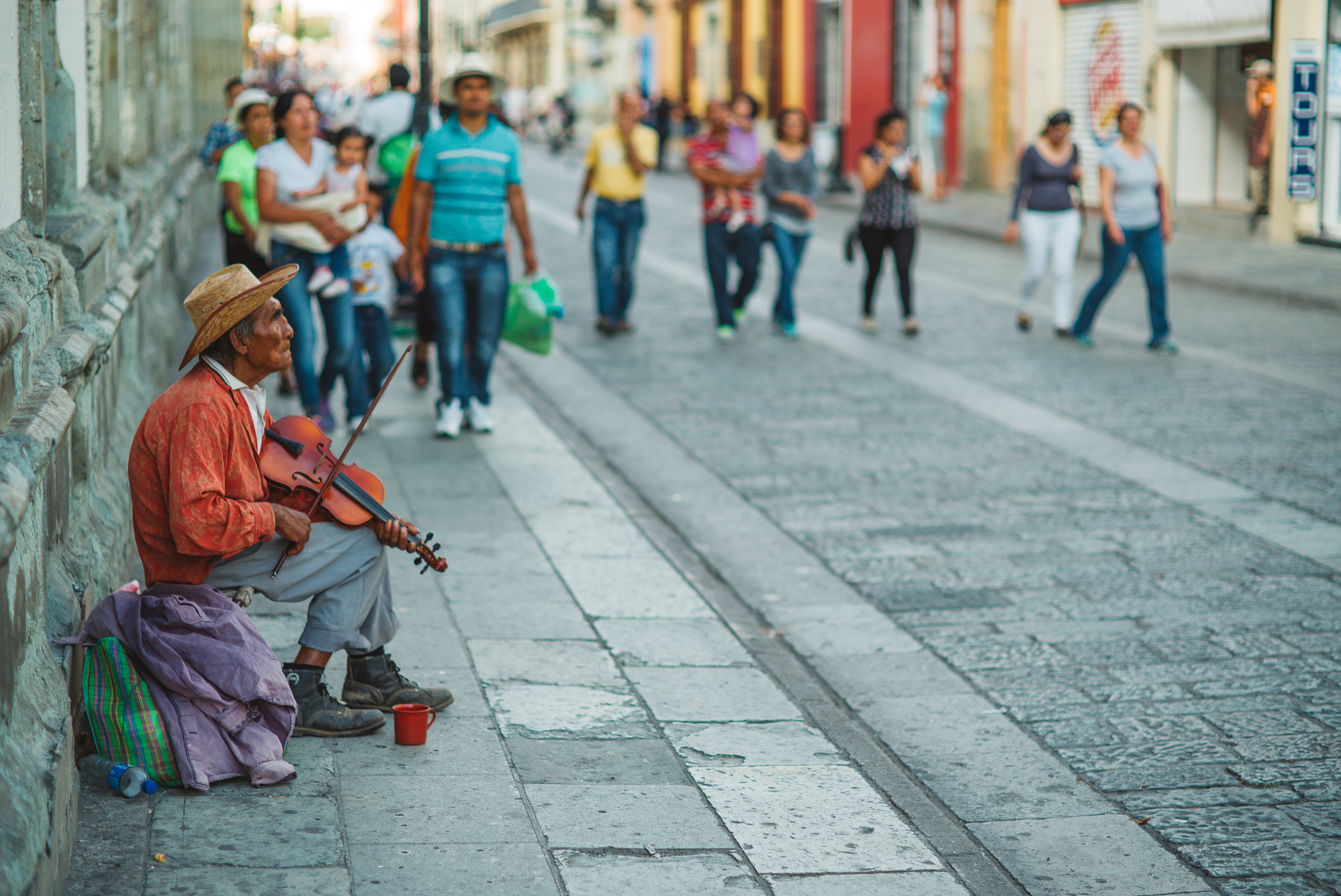
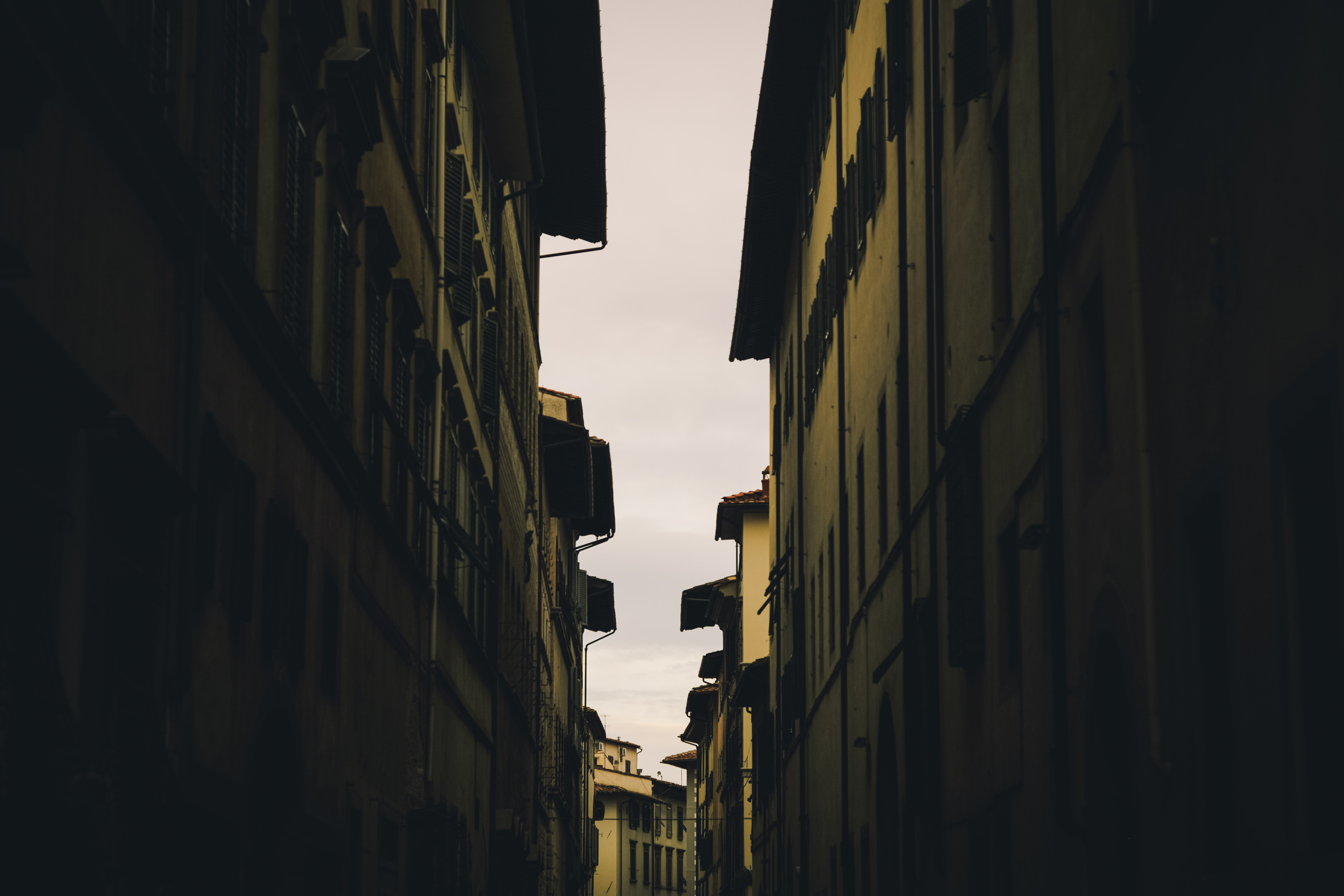
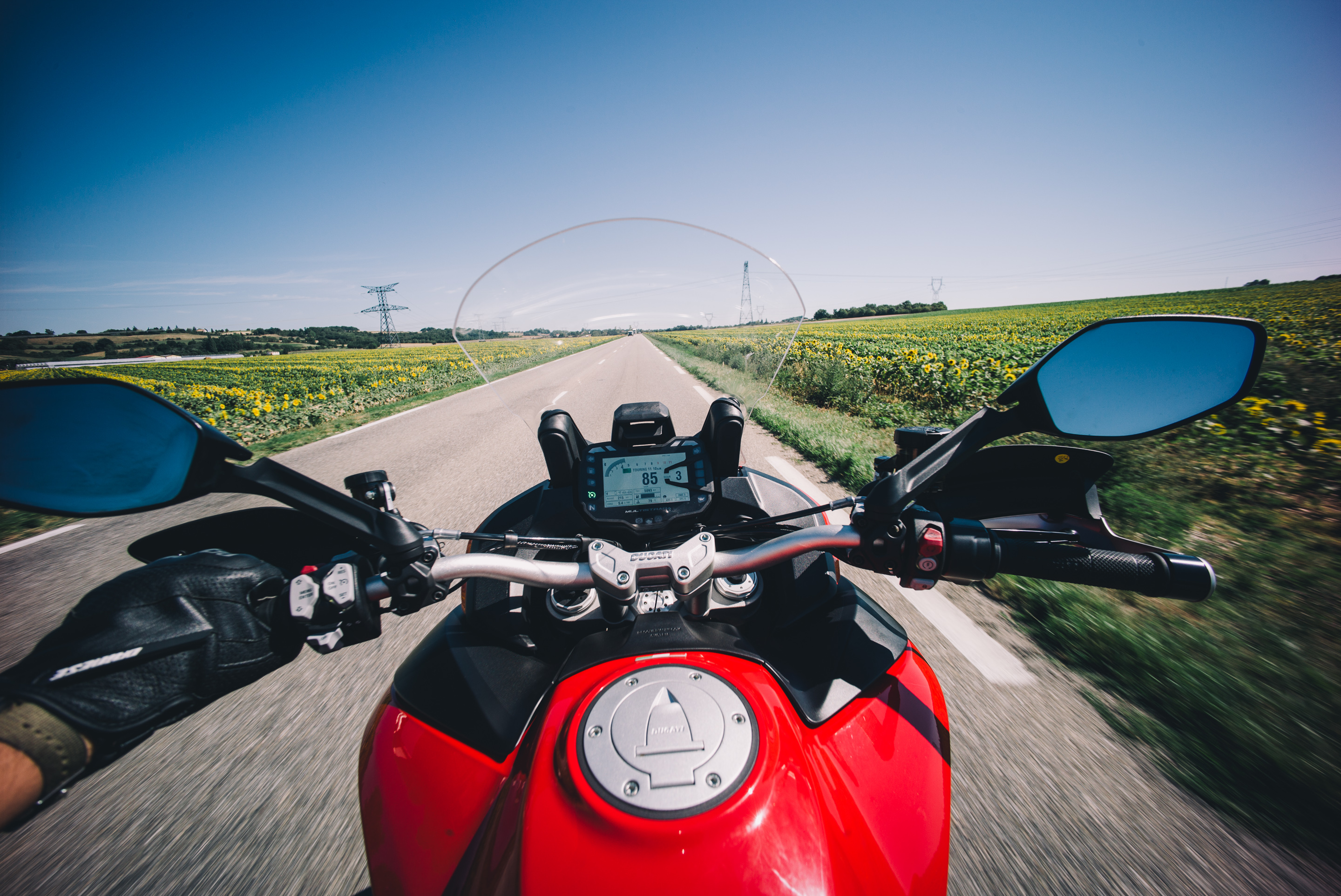
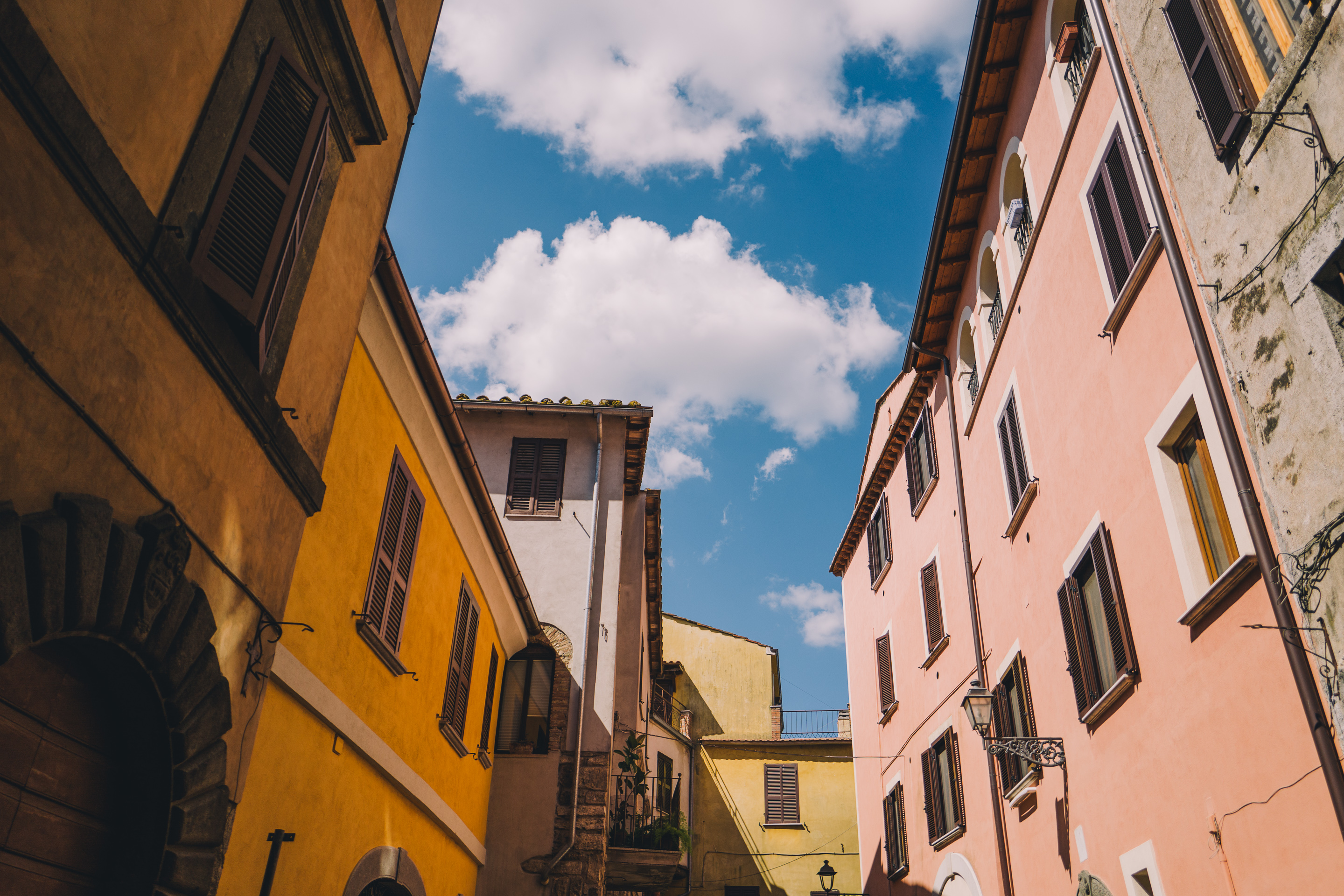
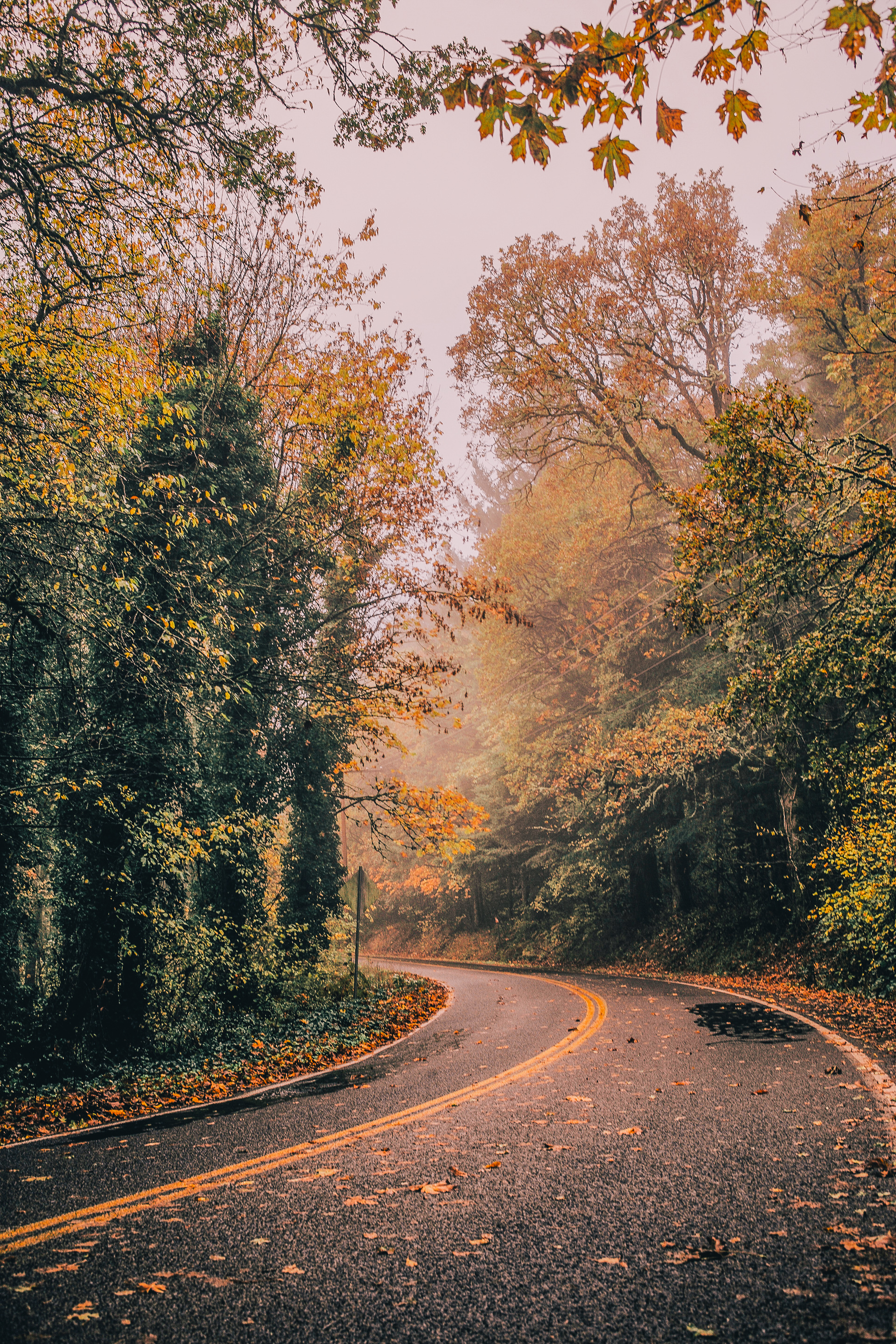
Full disclosure: my design company has done contract work with and for Leica Camera directly and through another agency.
These views are my own and not that of my company. All photos in this article were taken by me. Photos of the Leica M were taken with a Sony A7R2.
